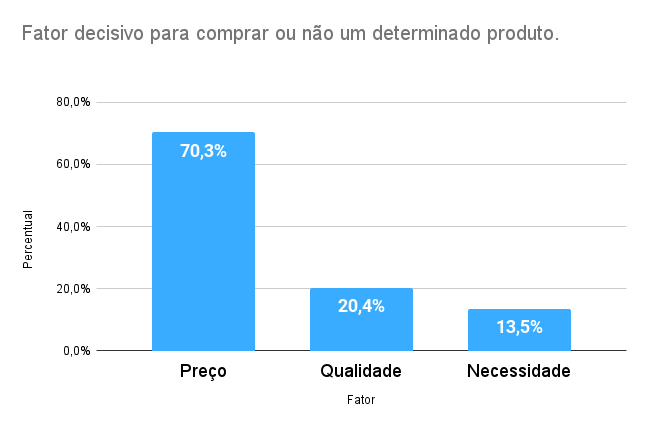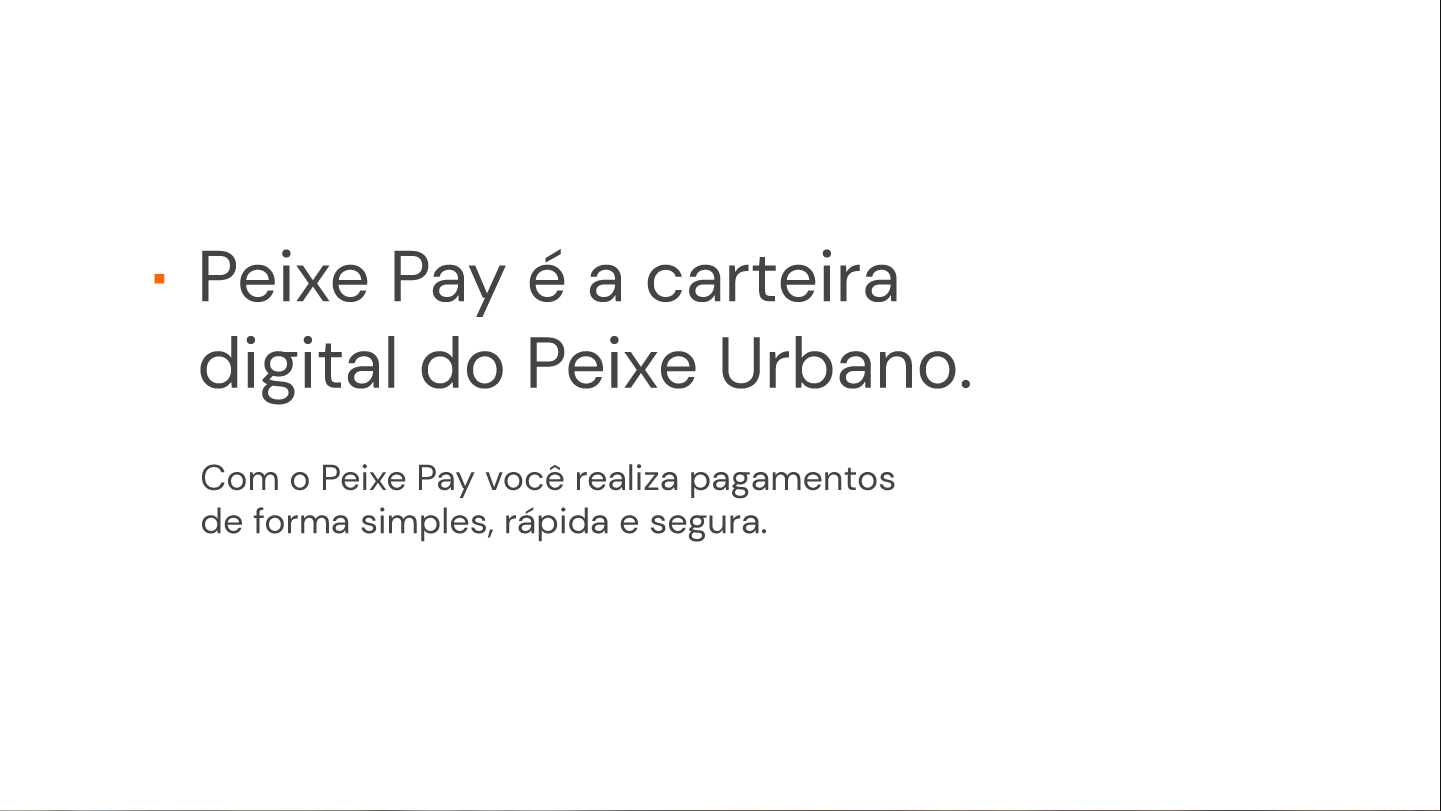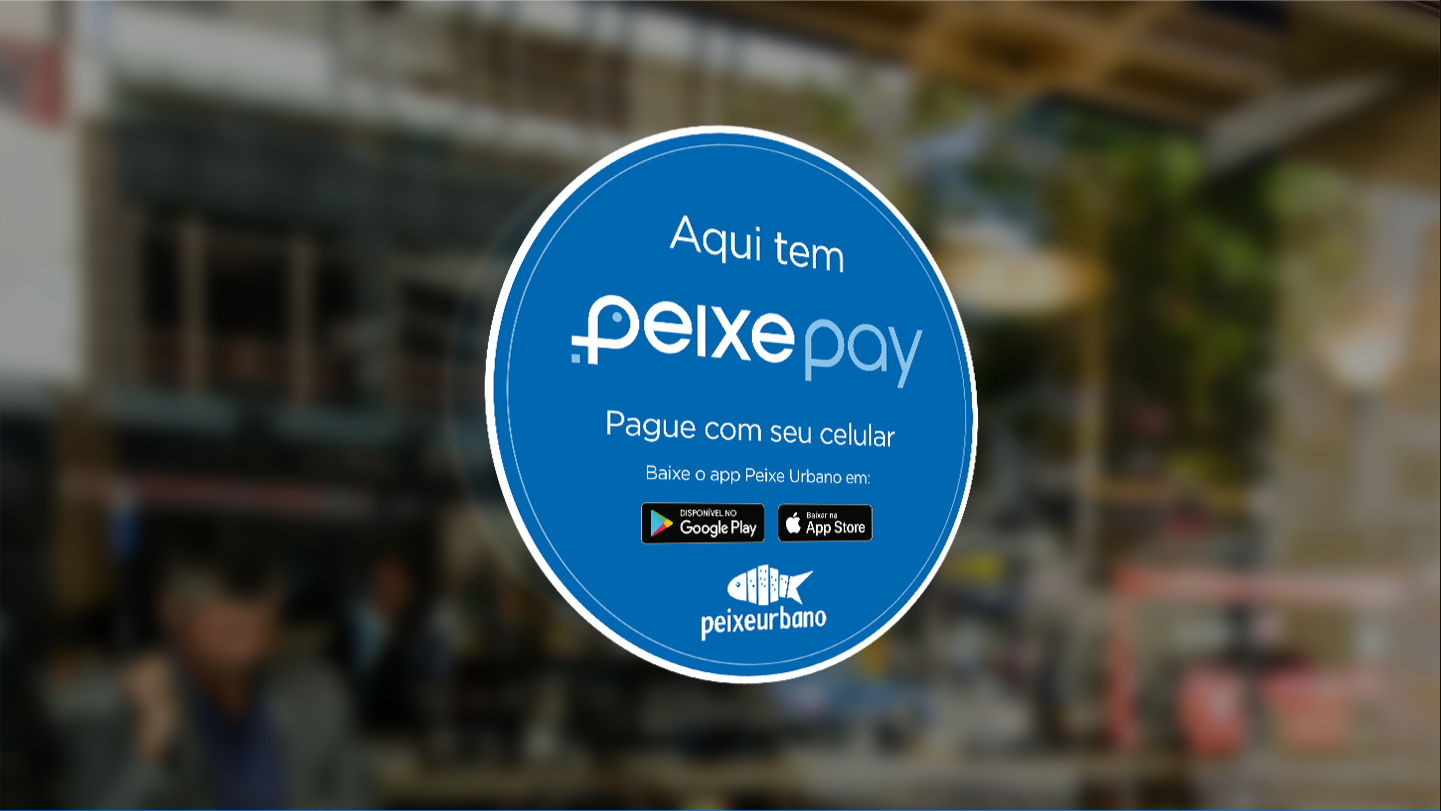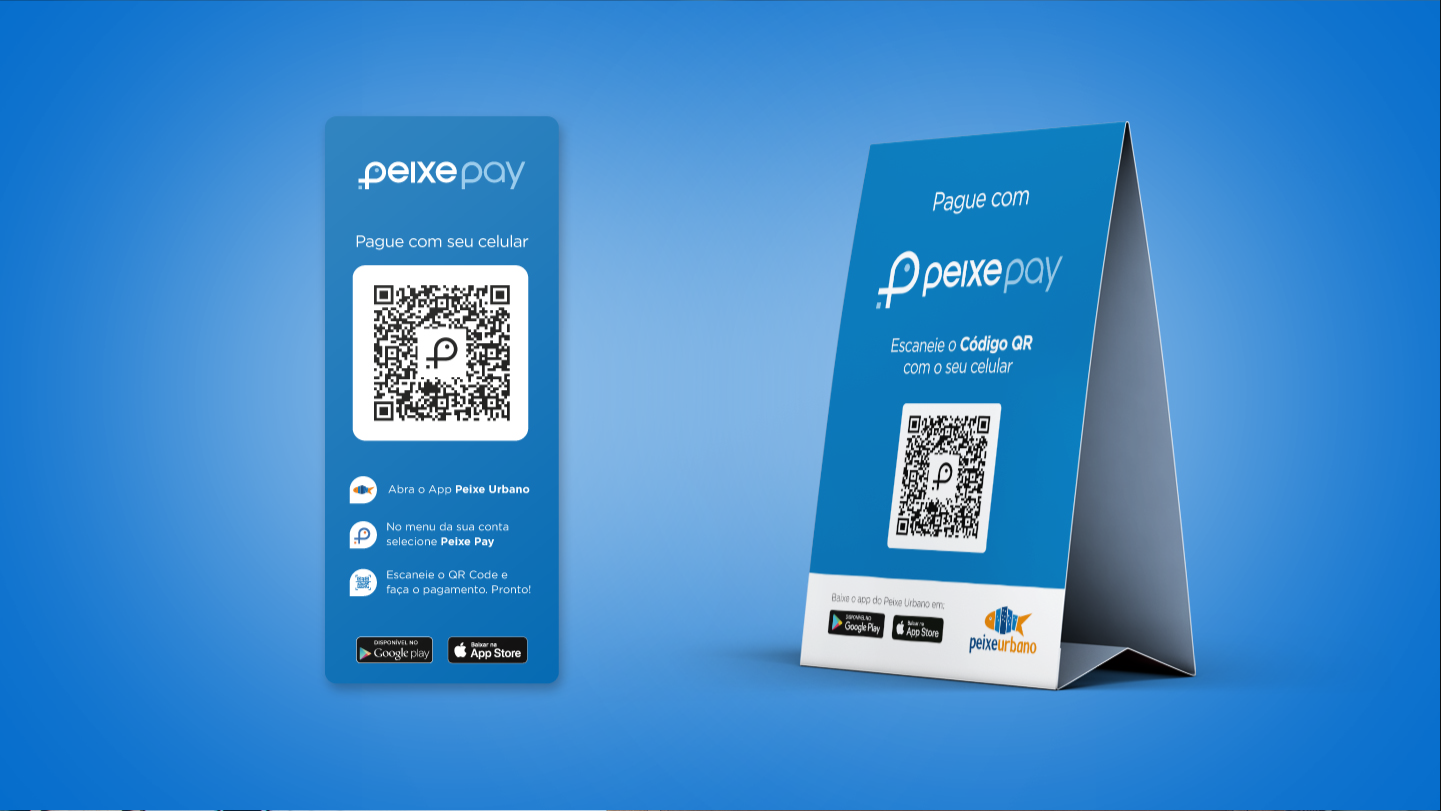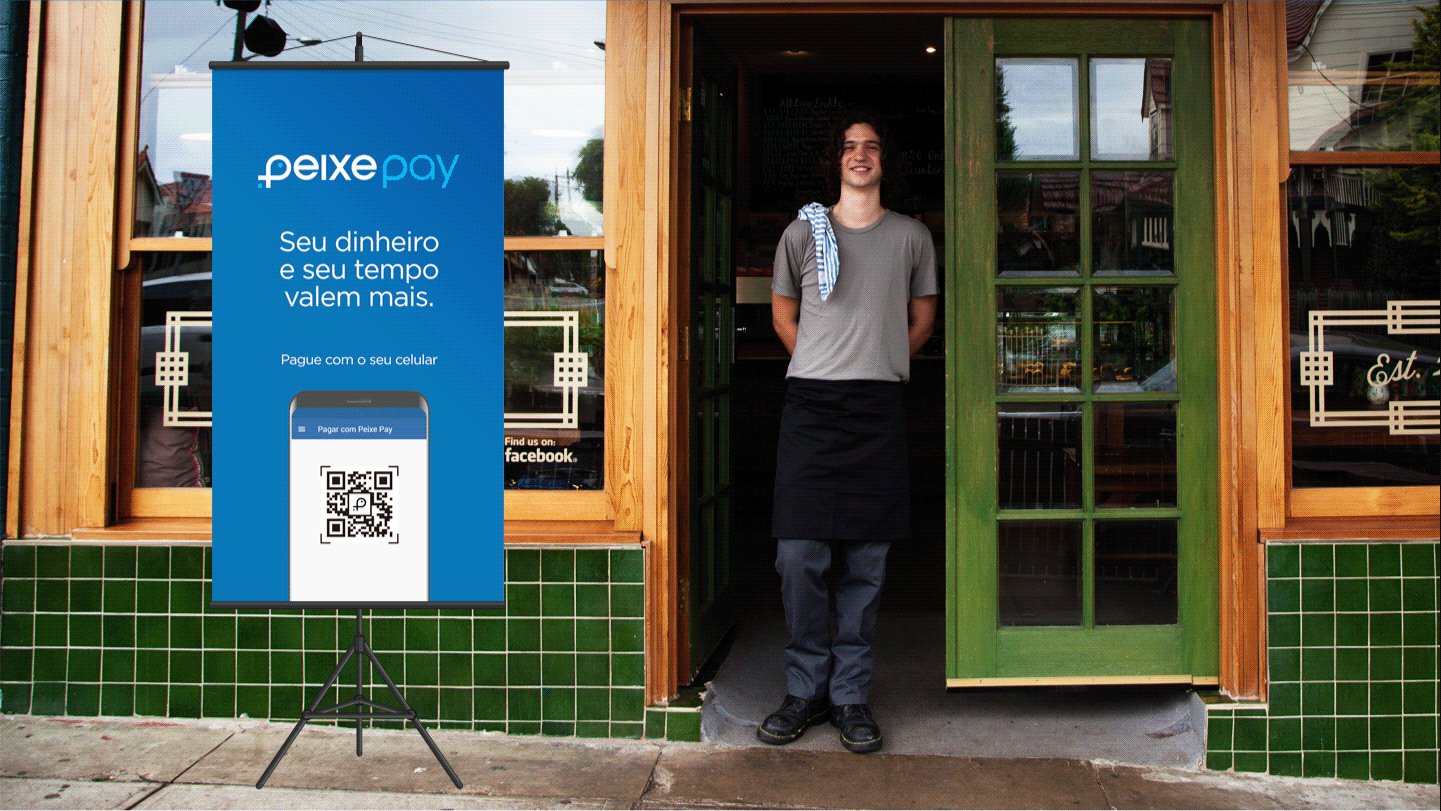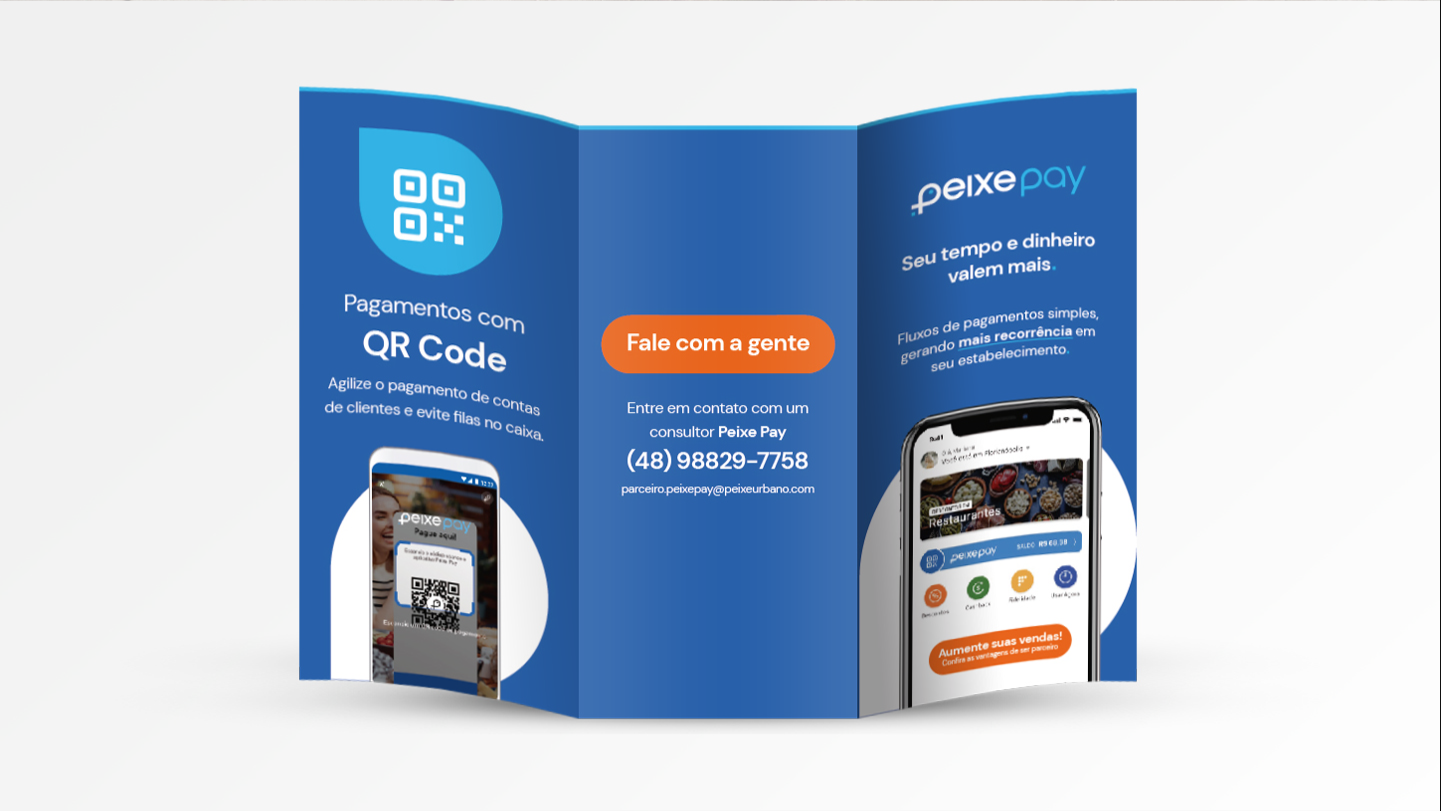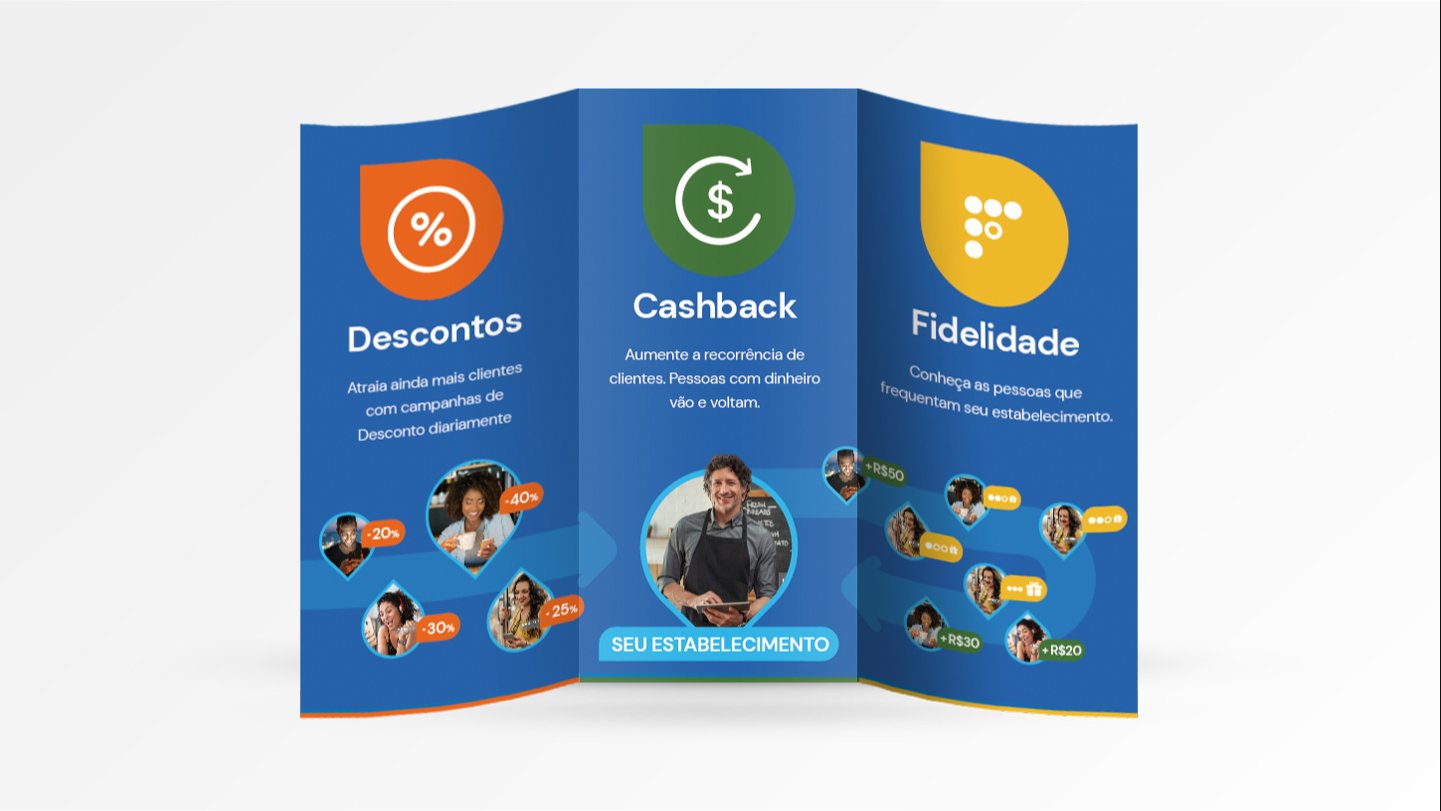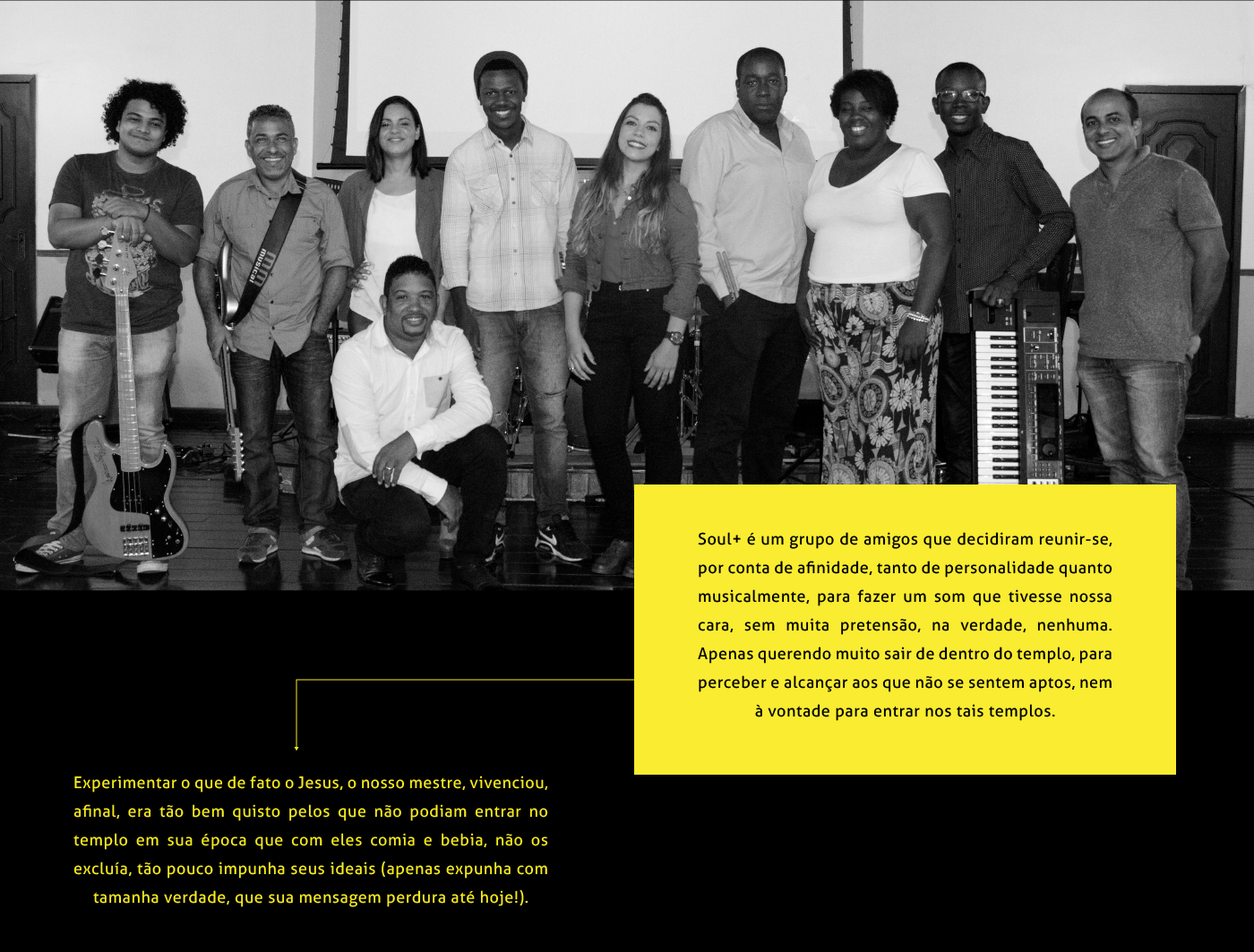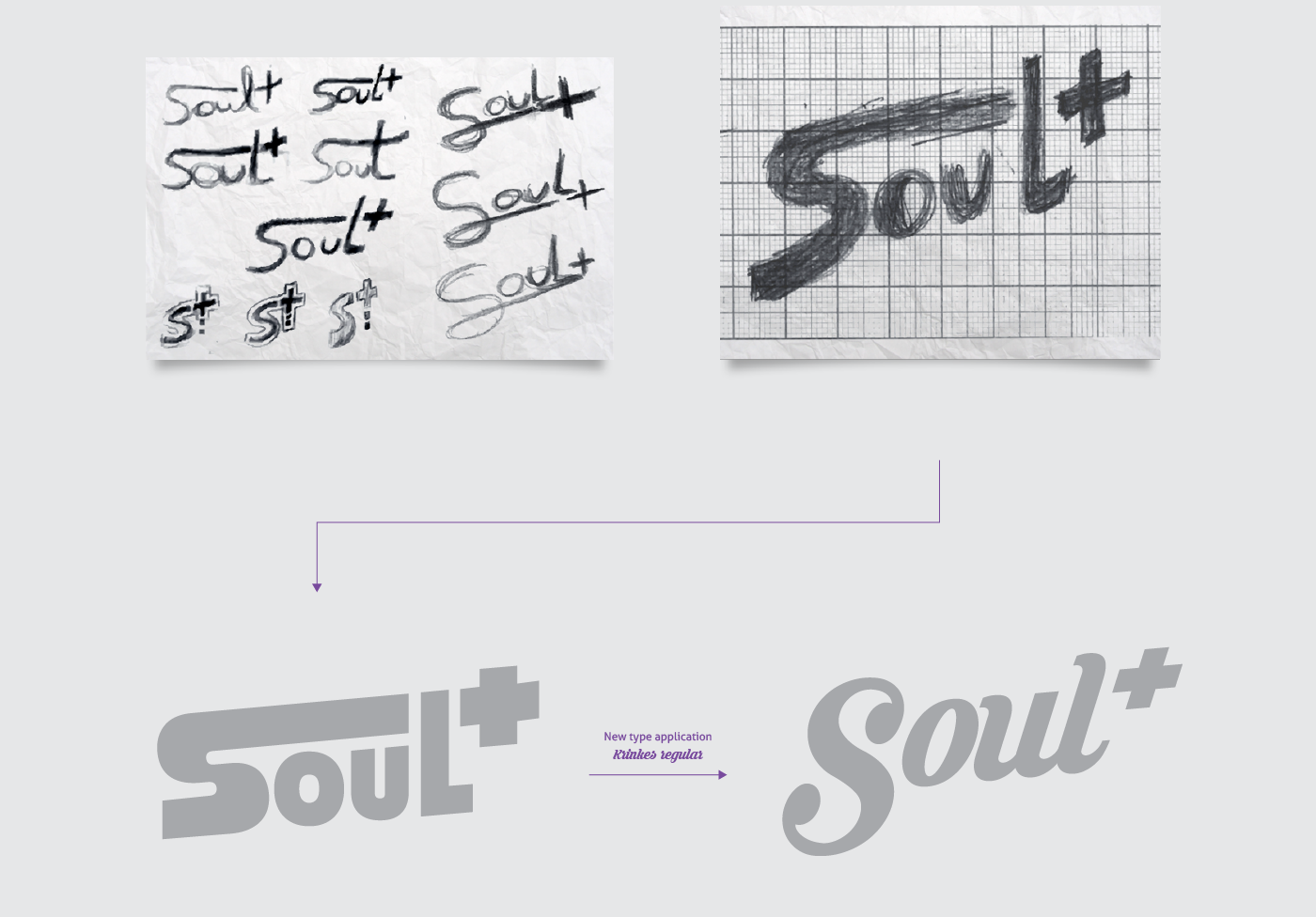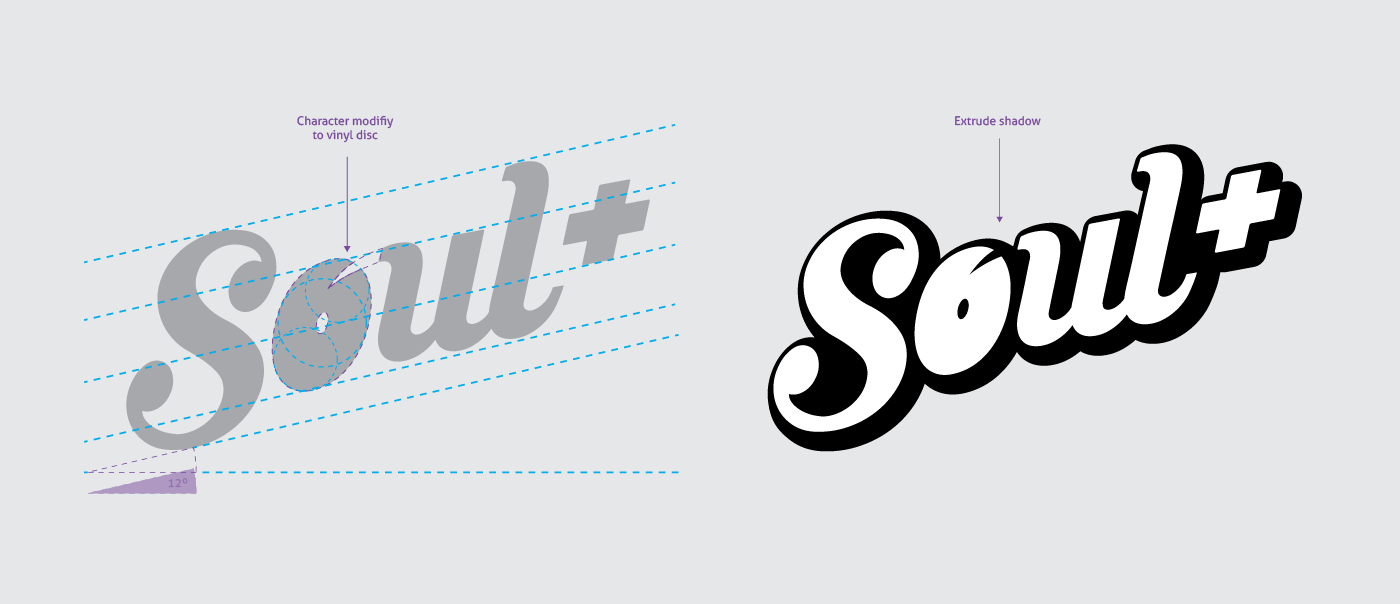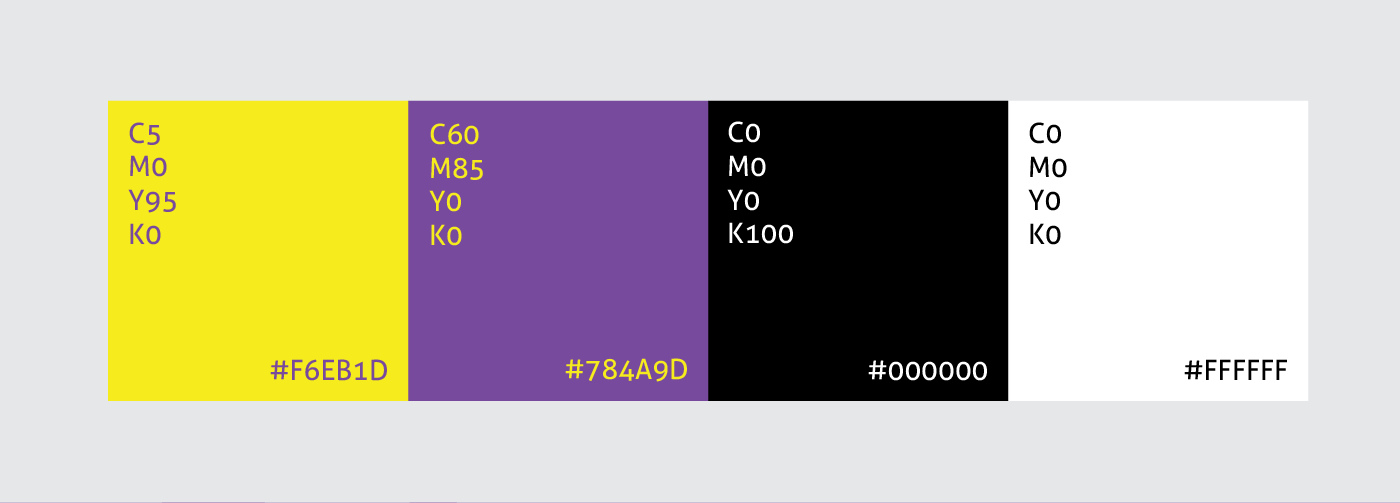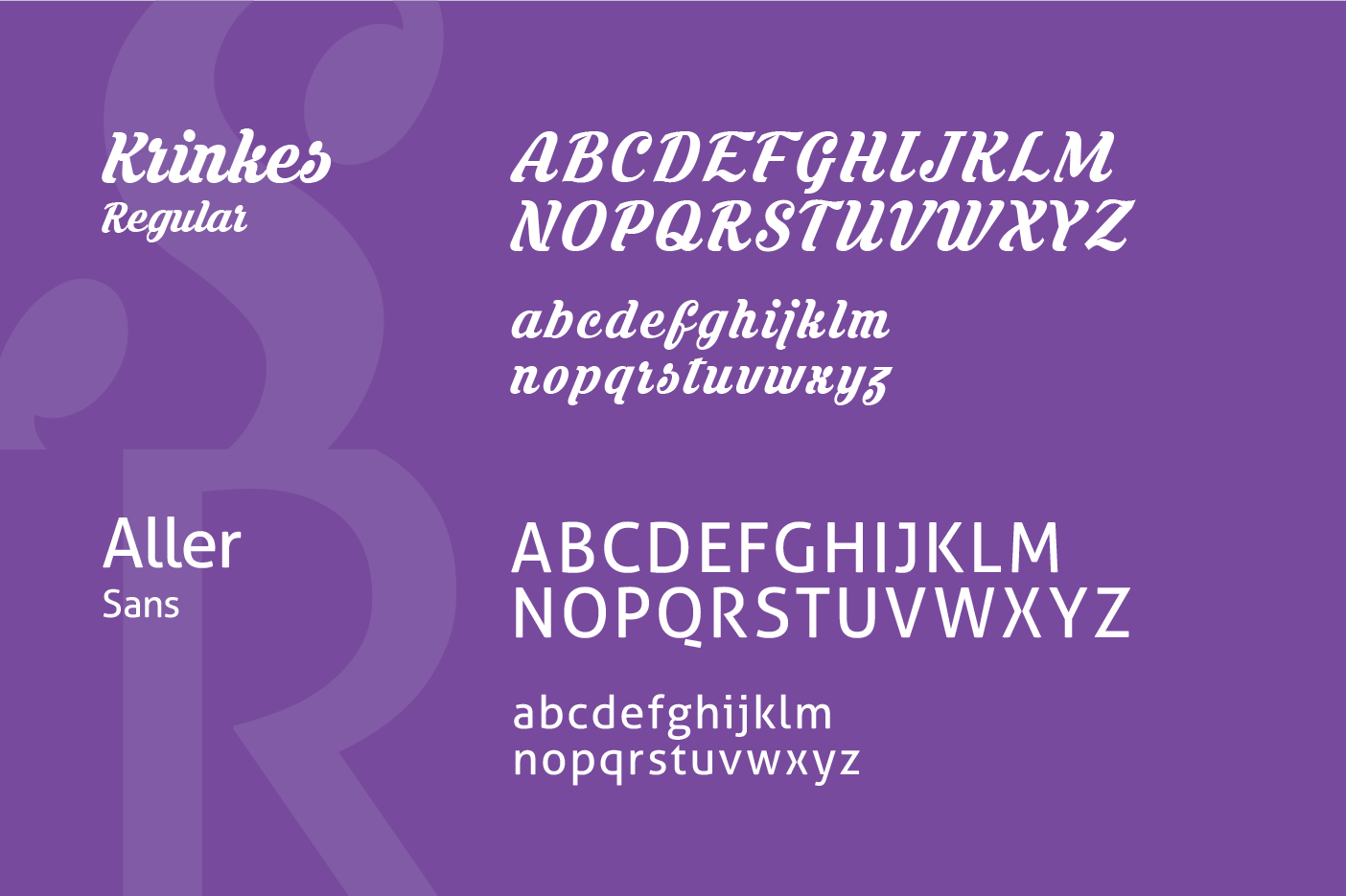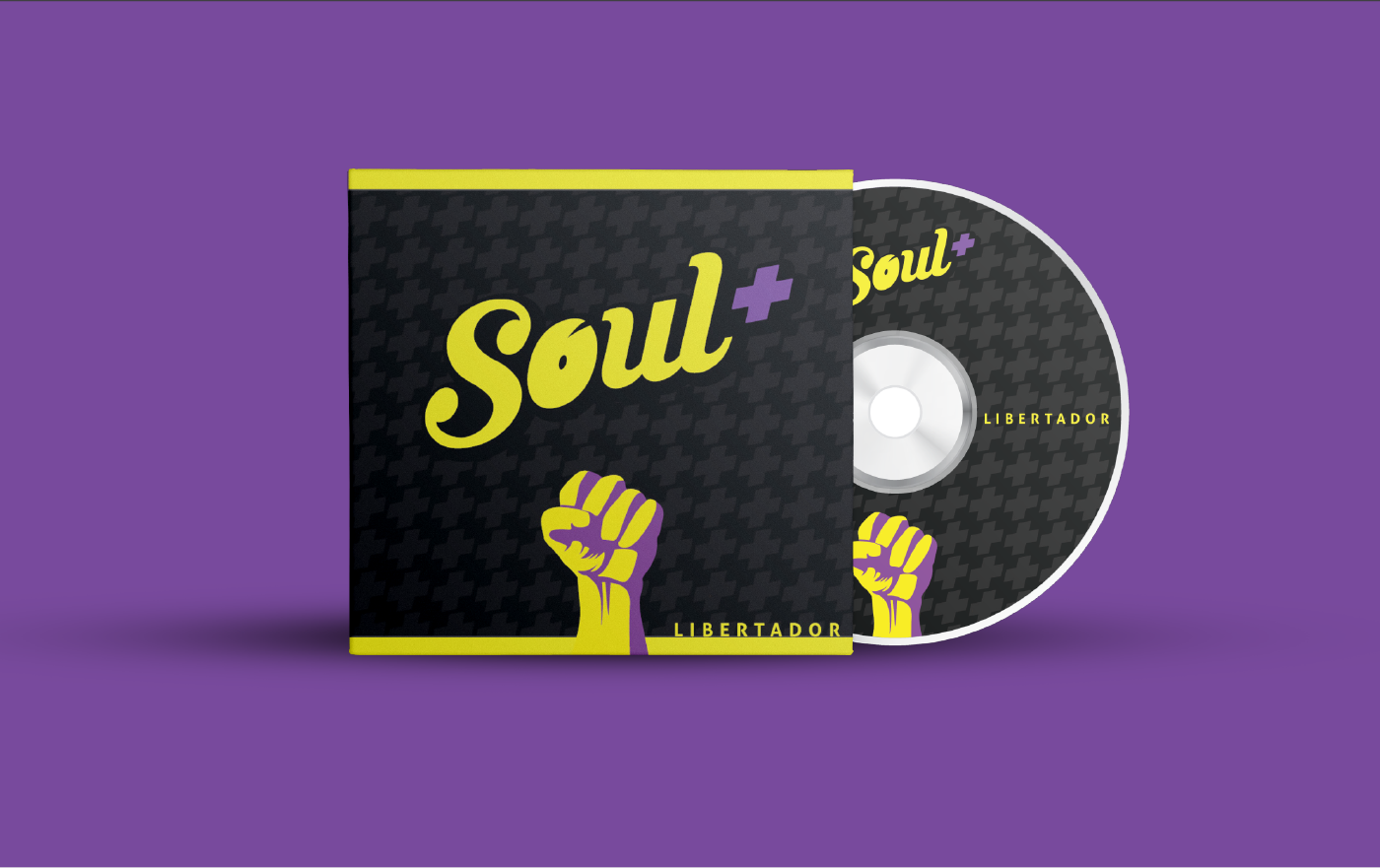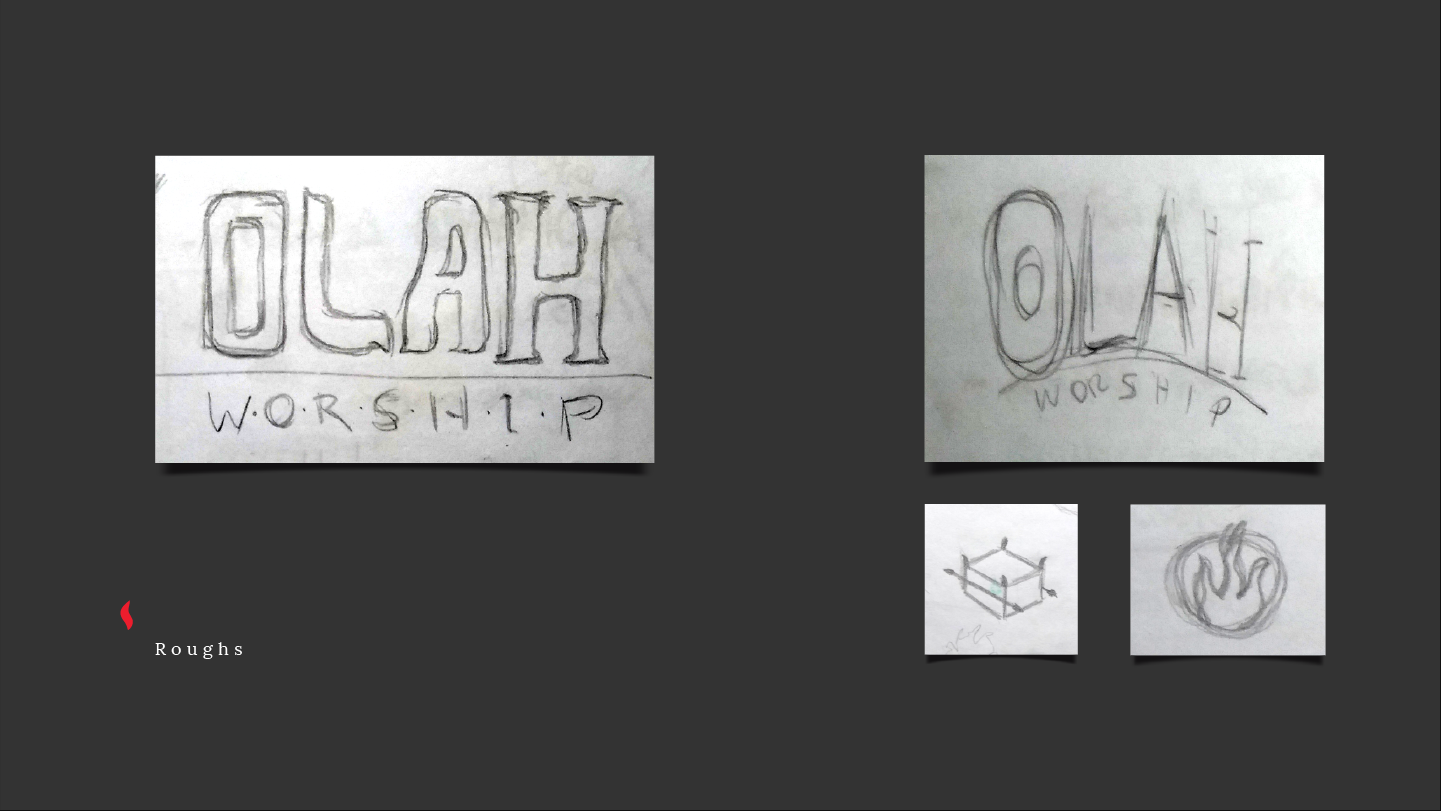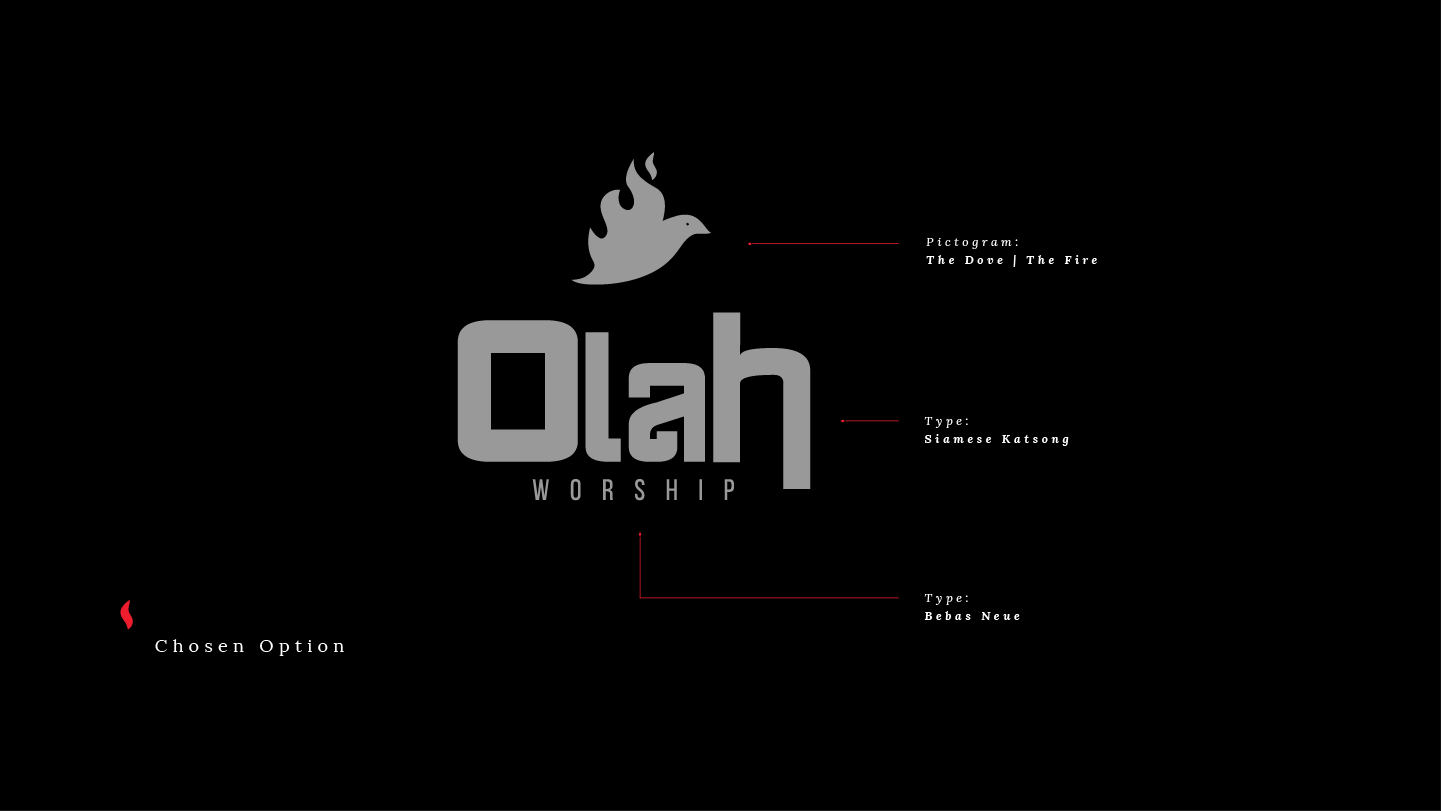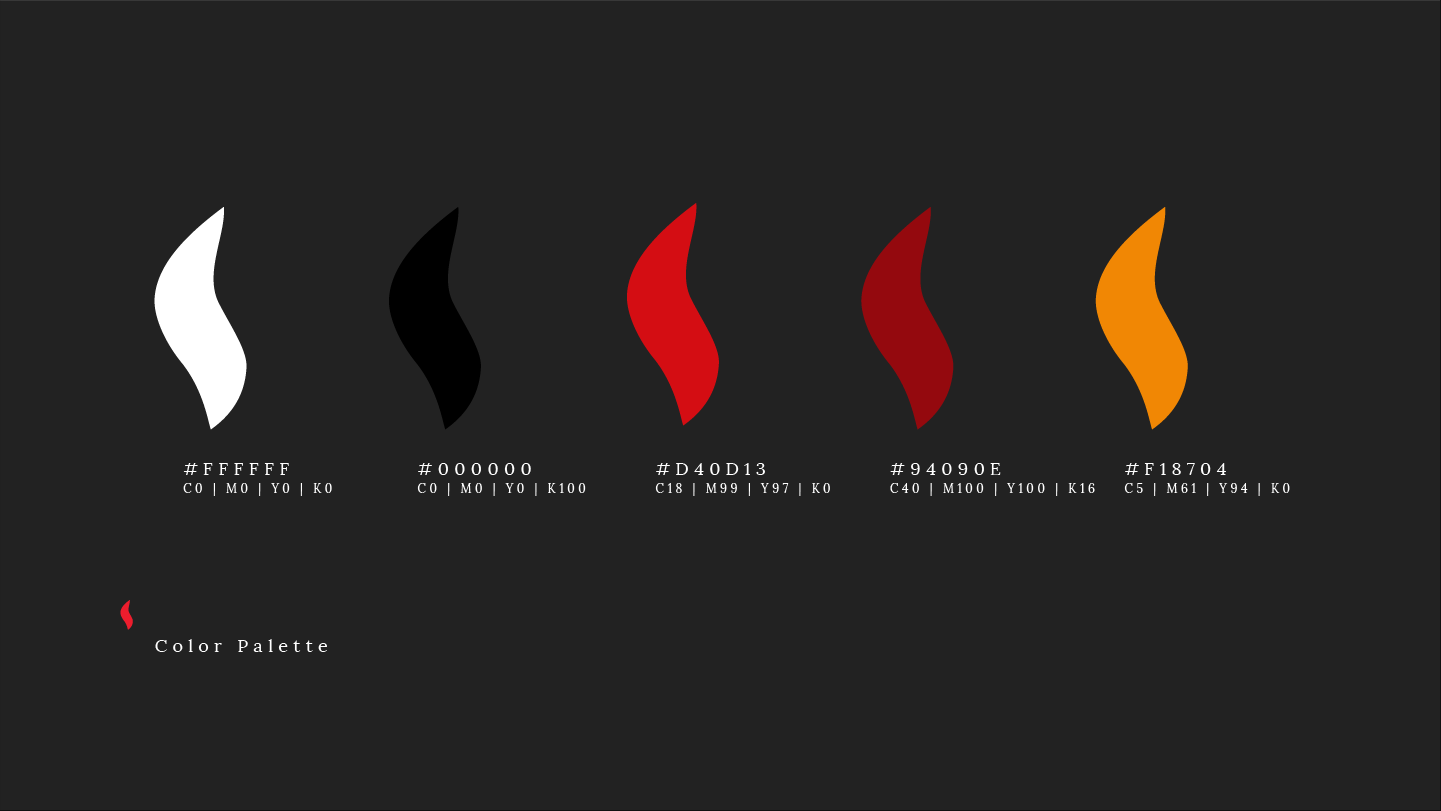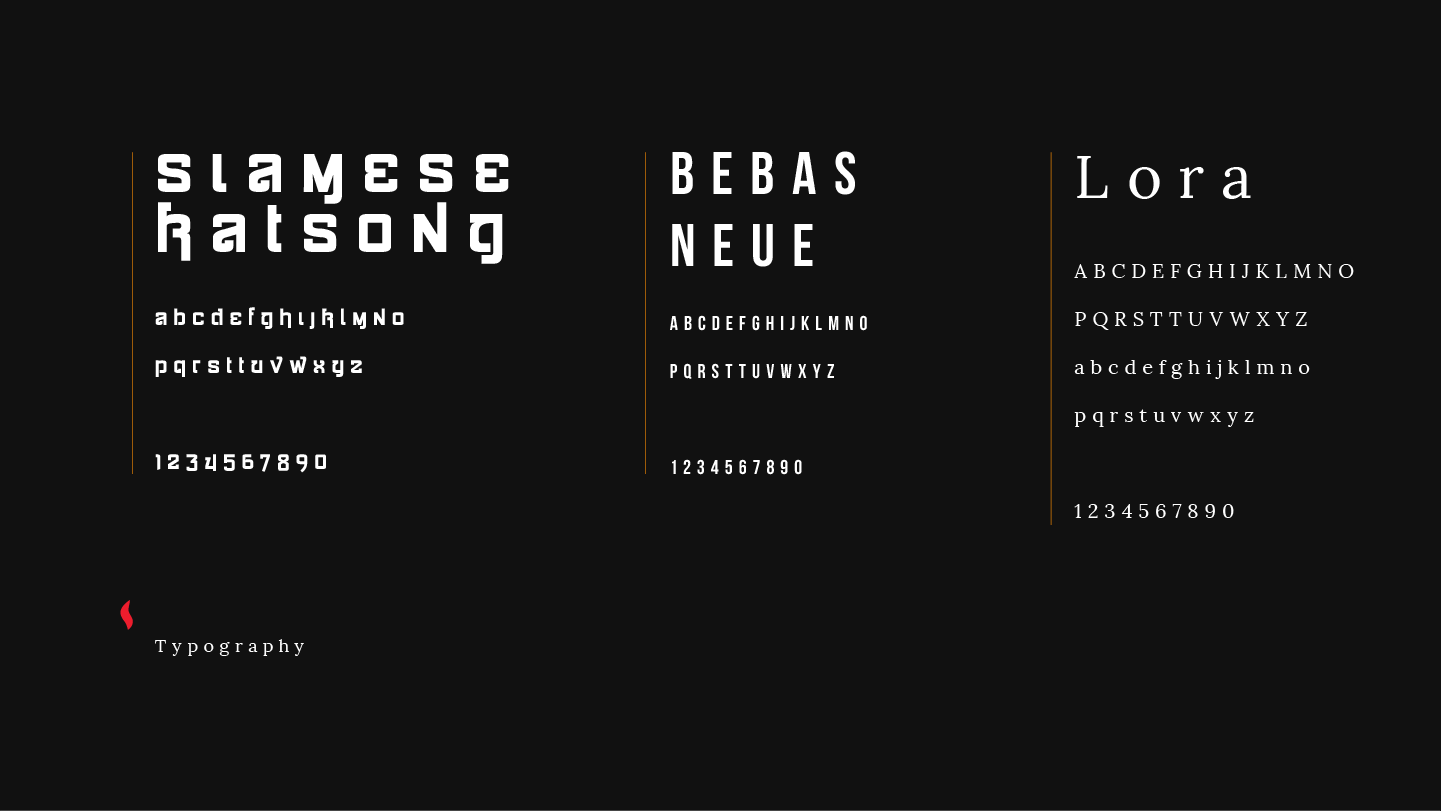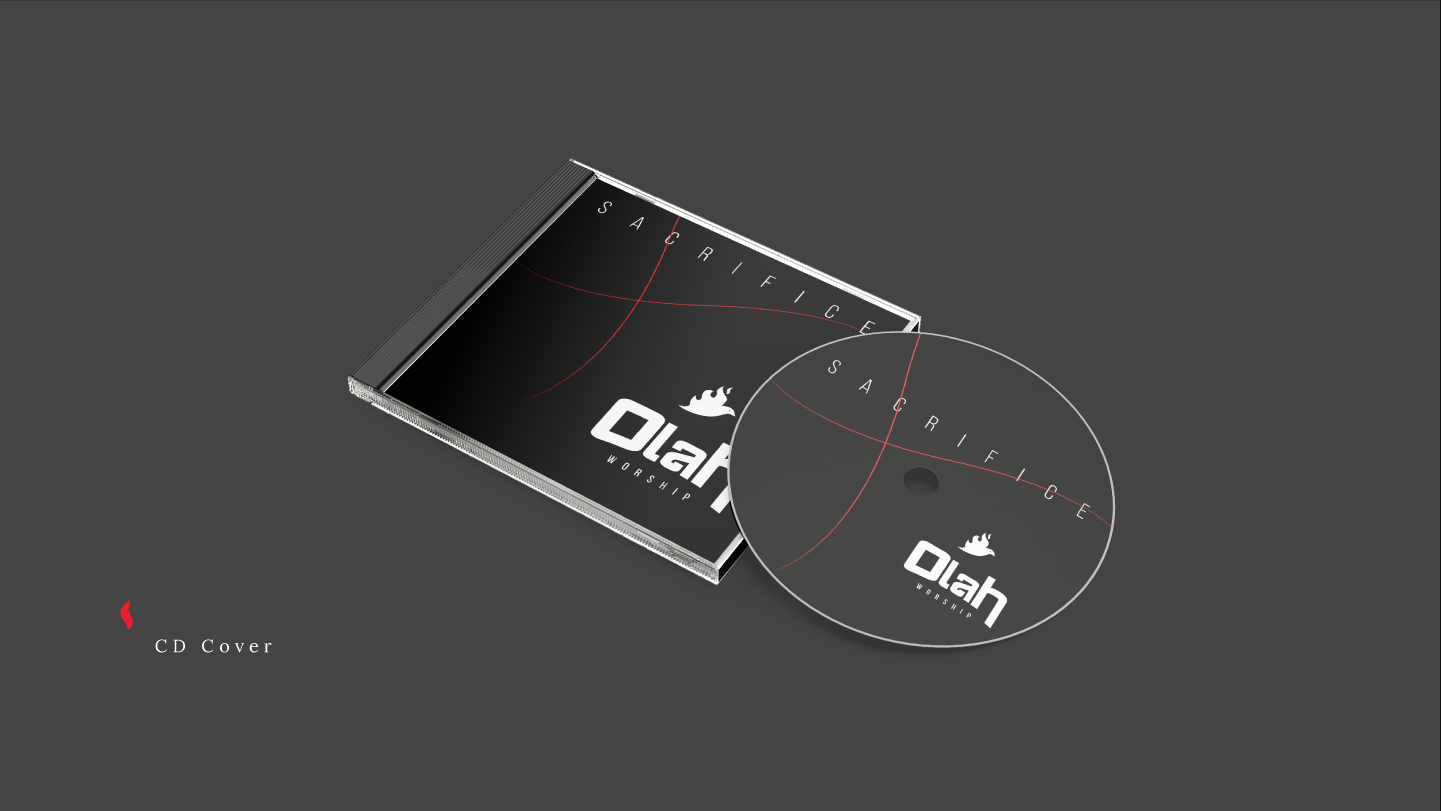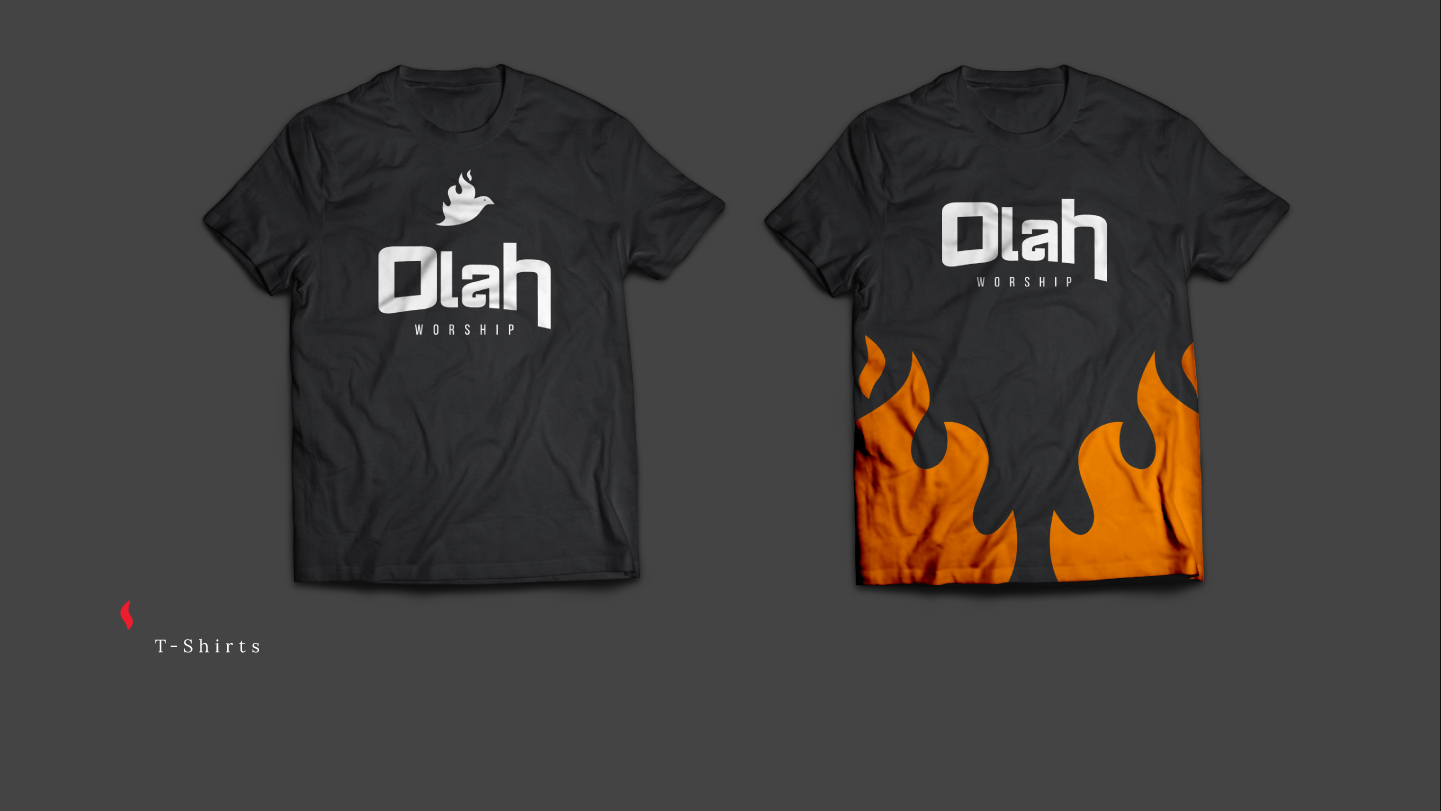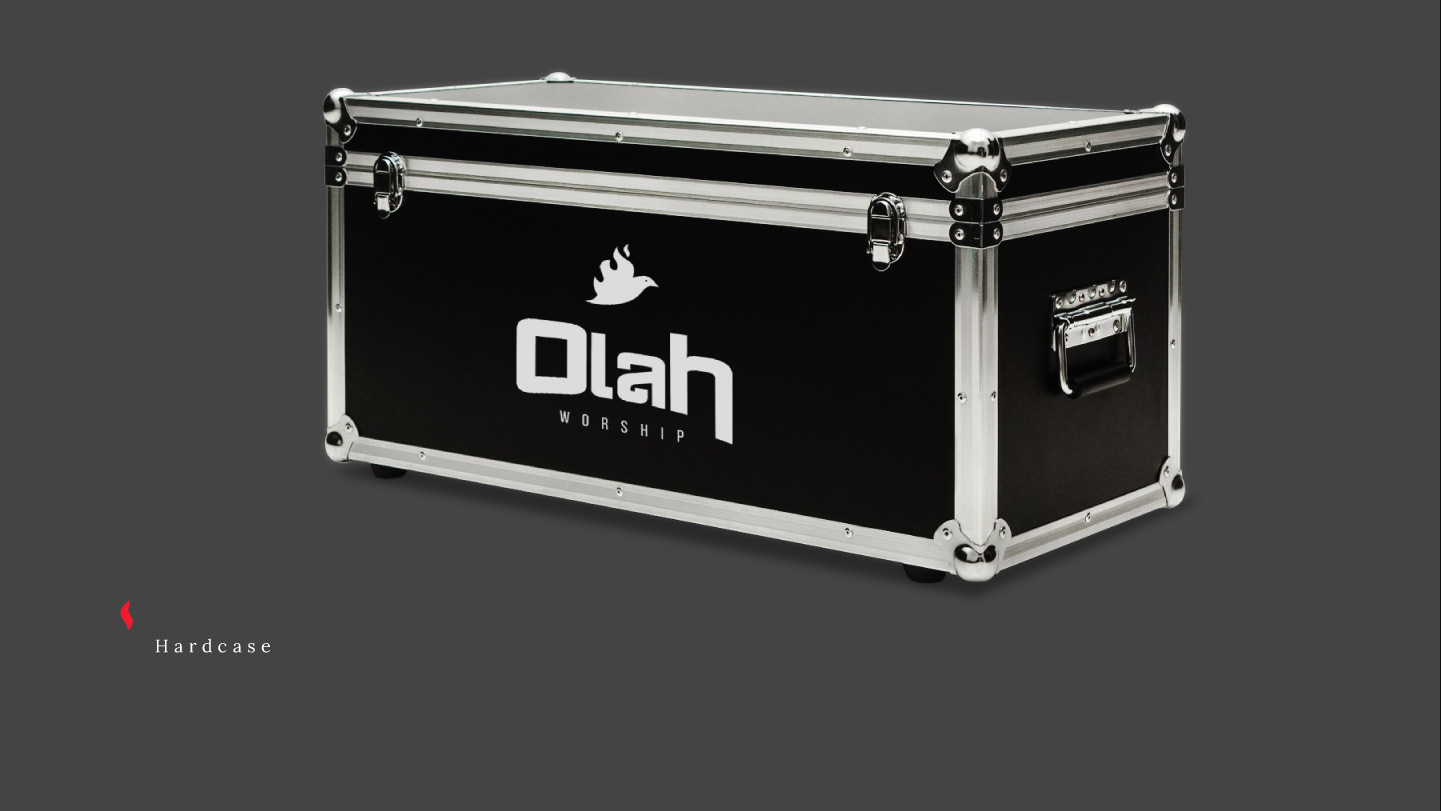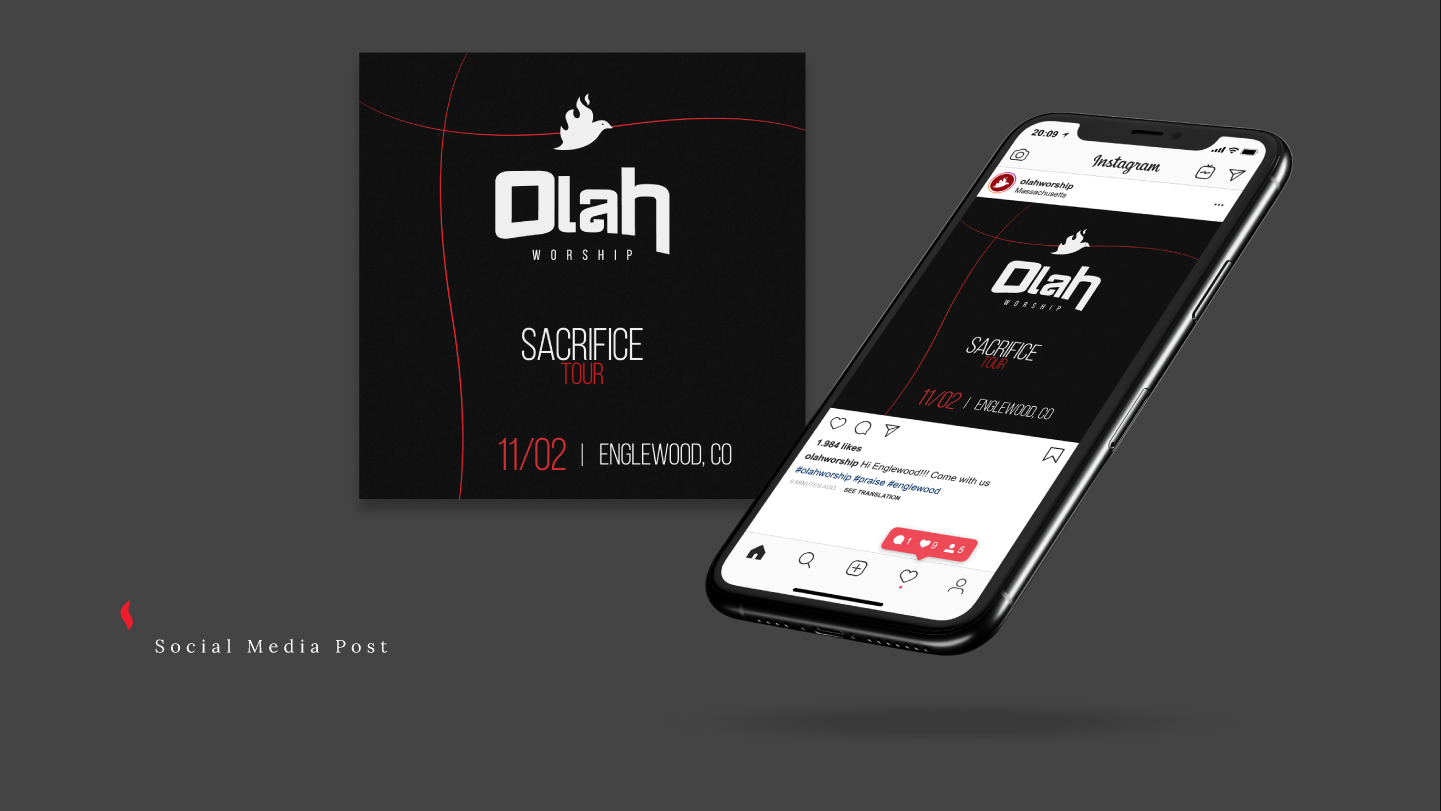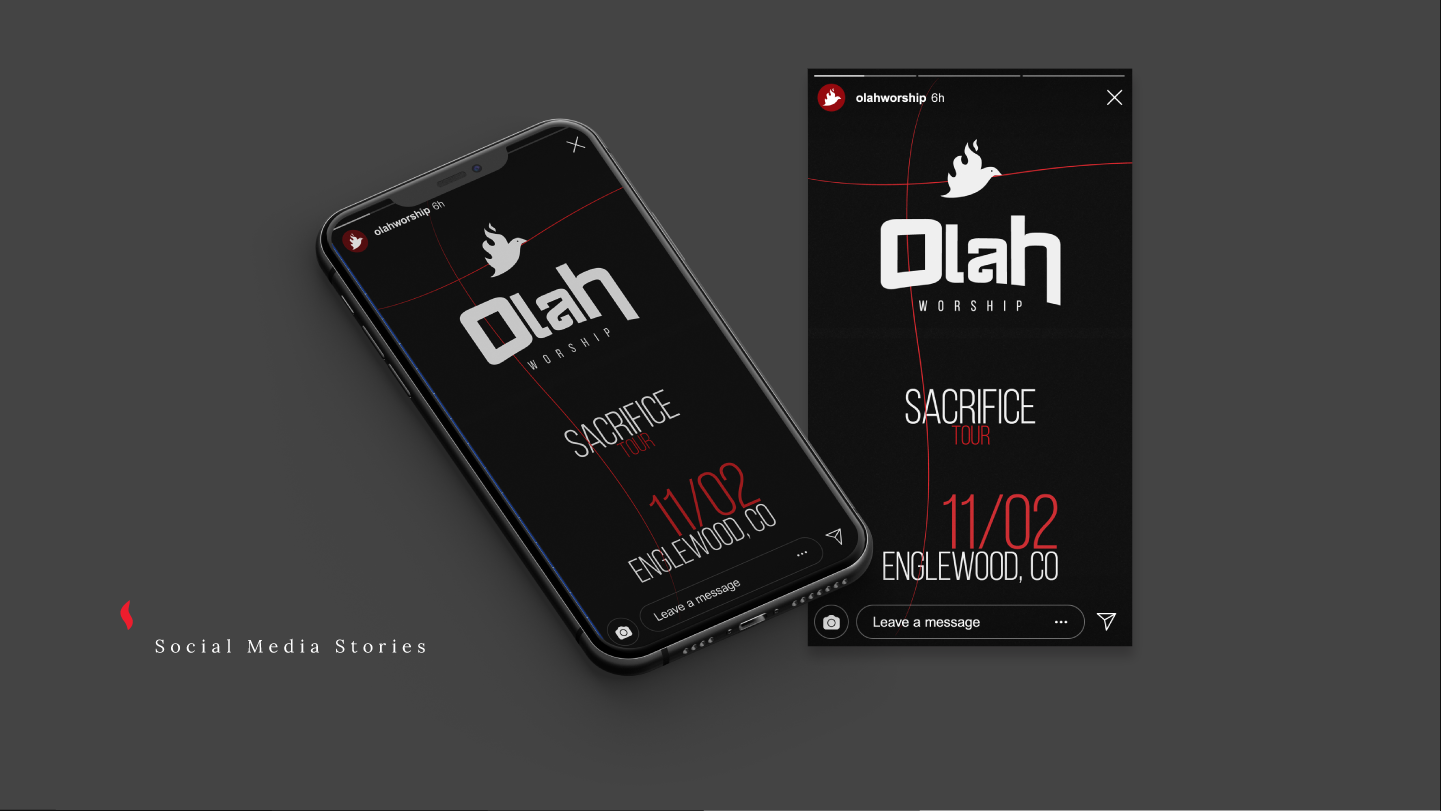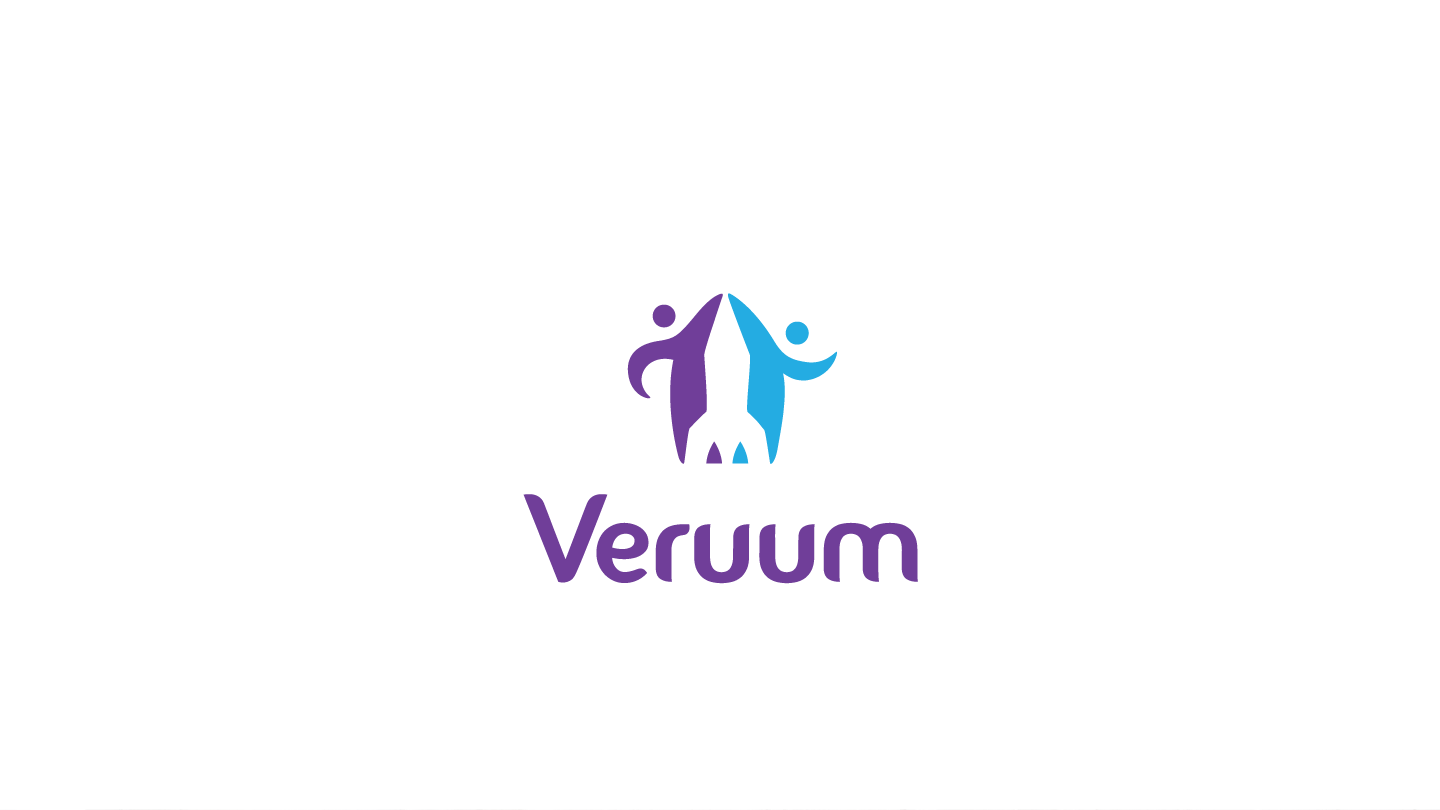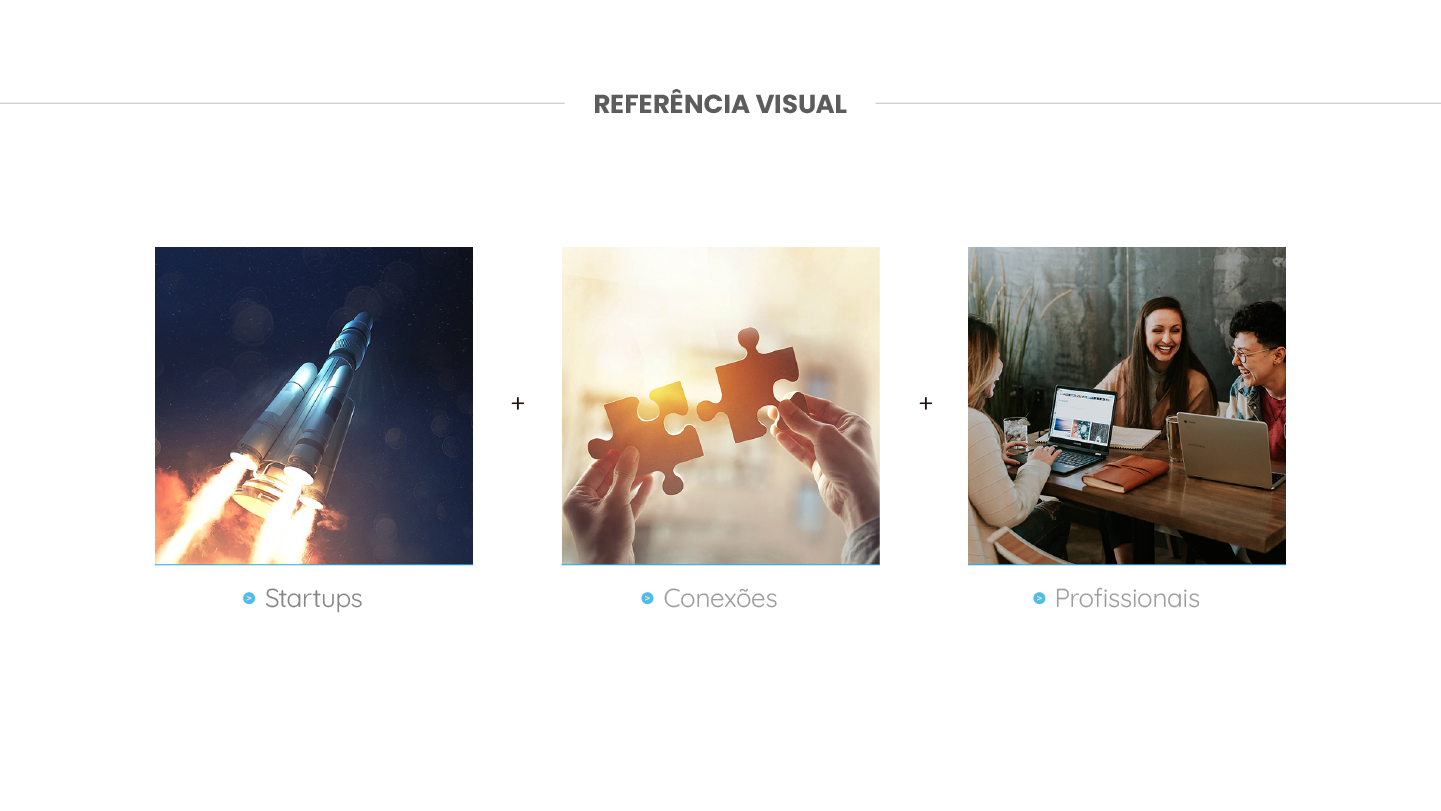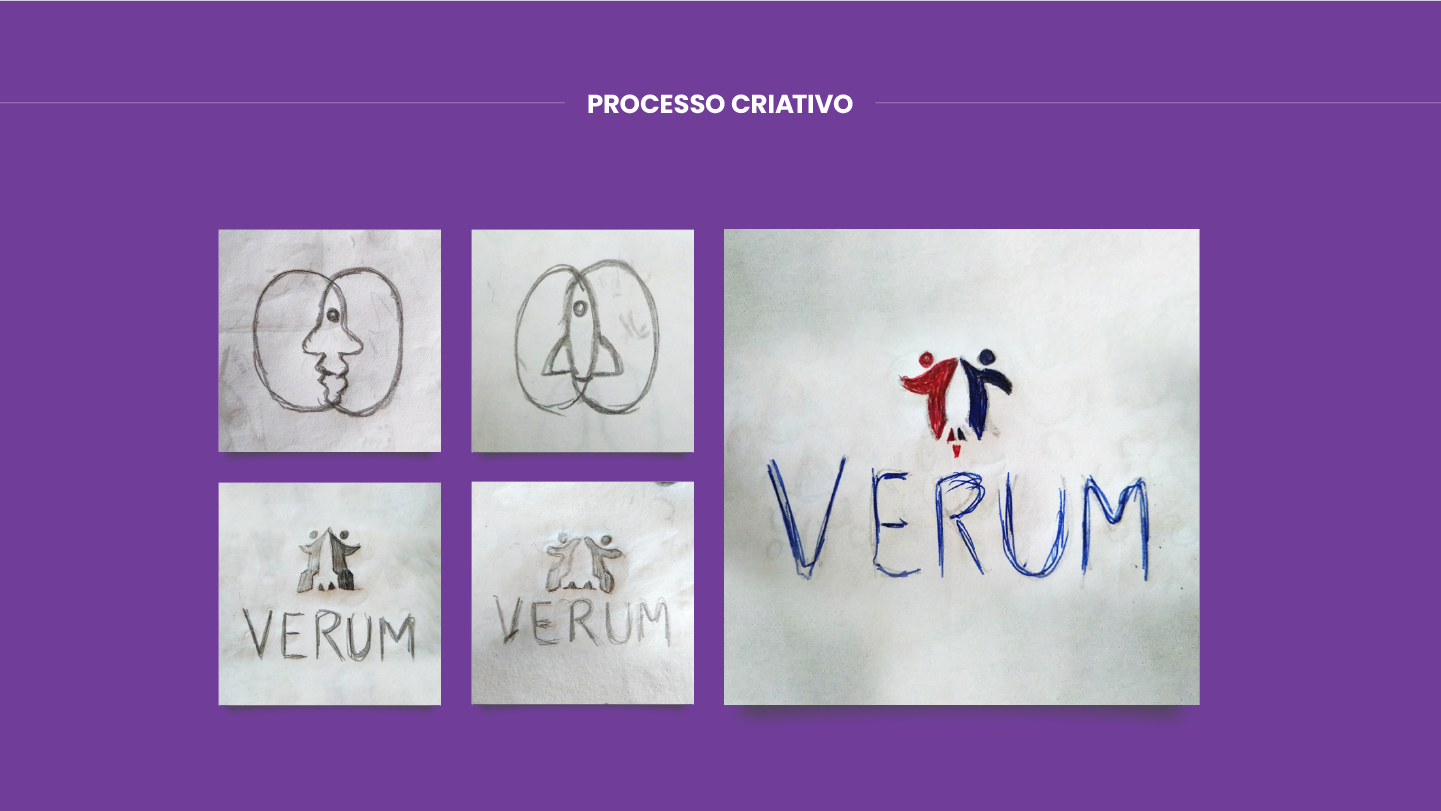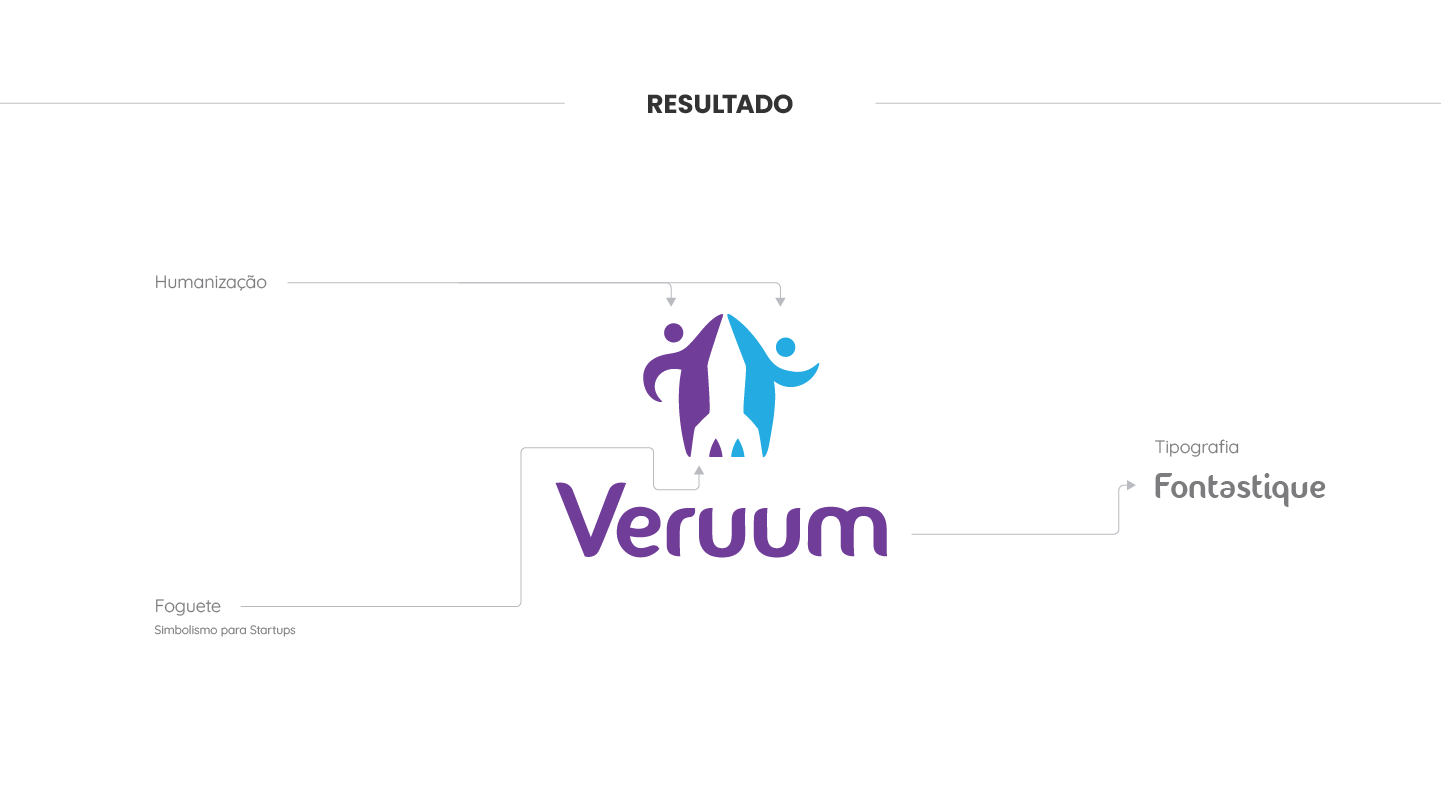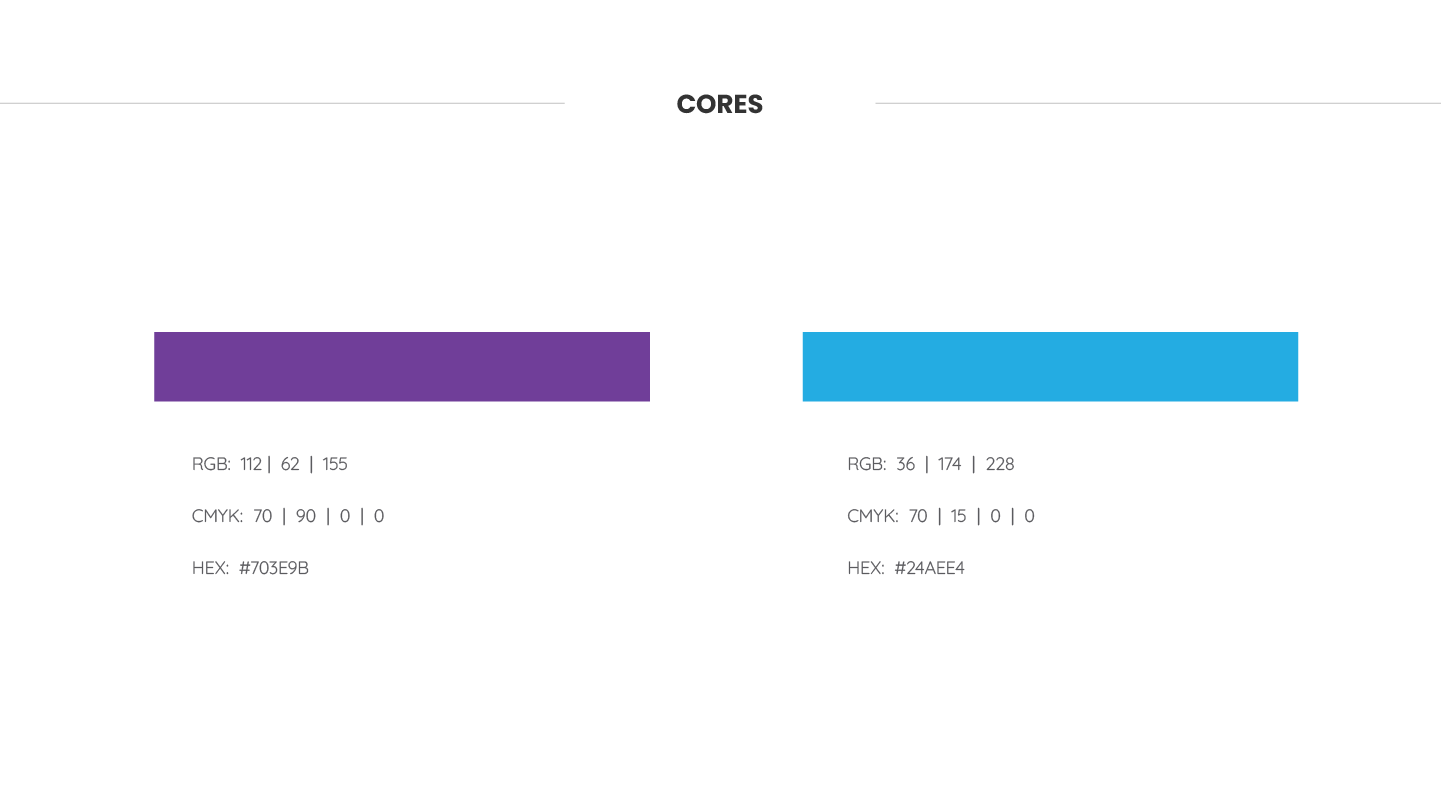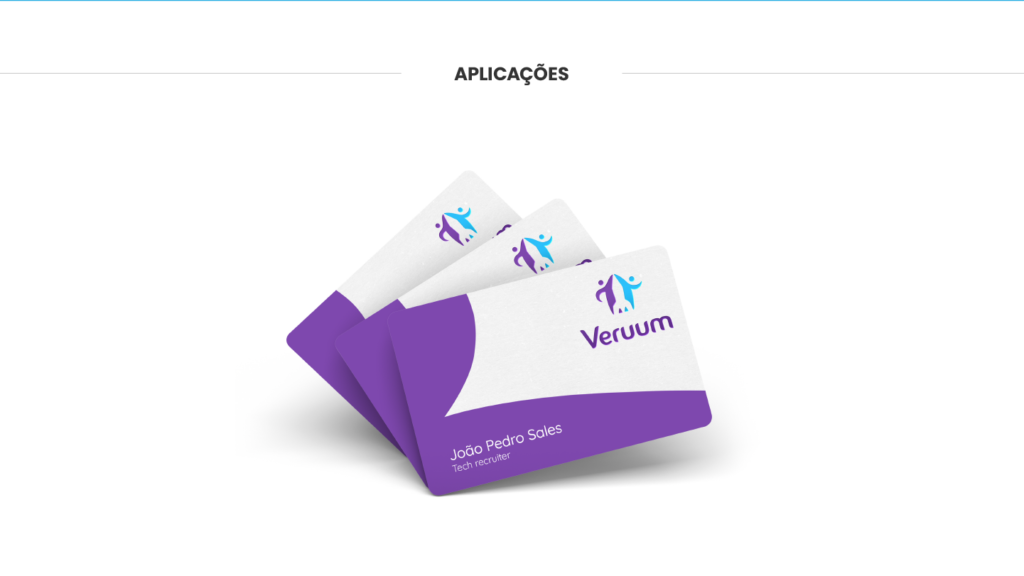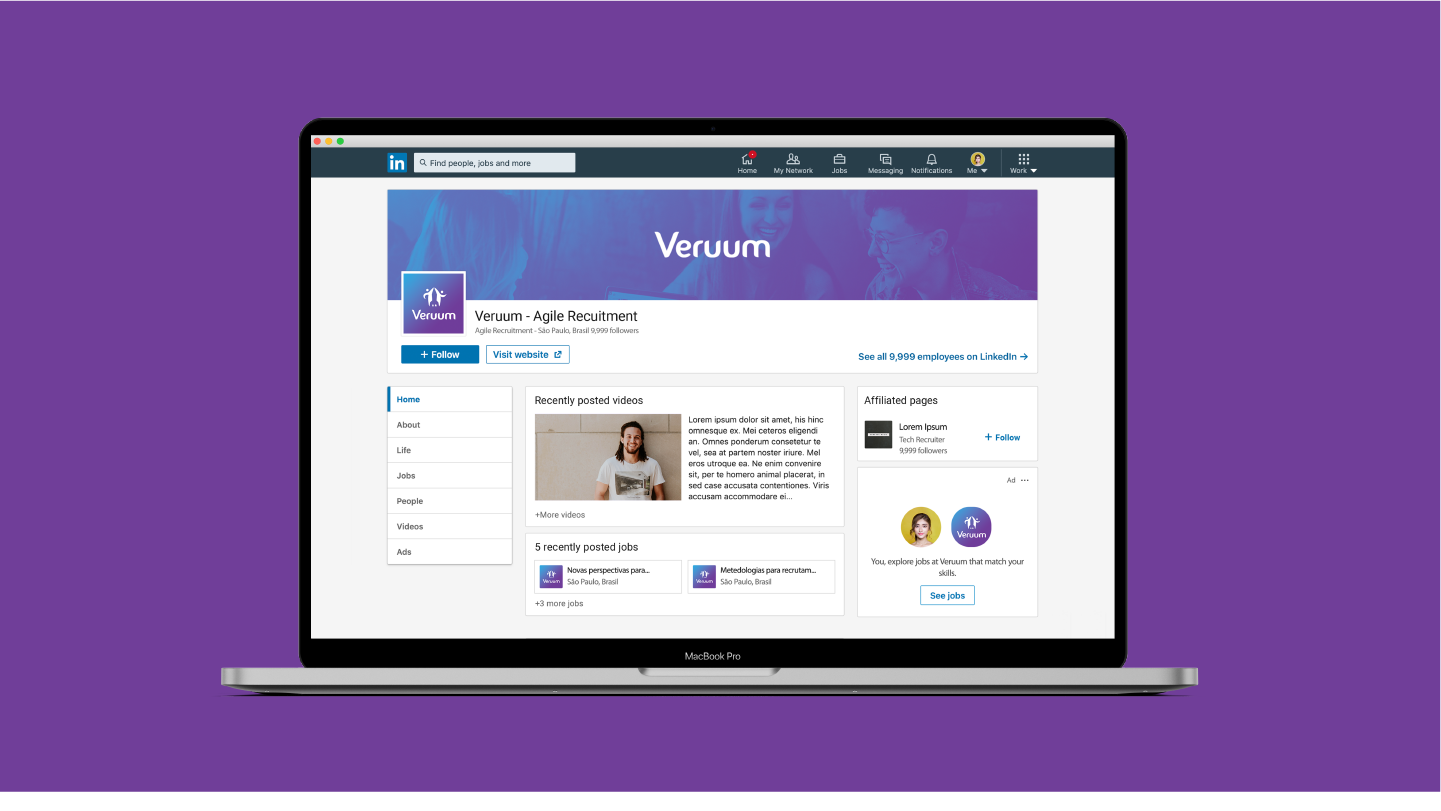MariaMaria App
Price Comparison and Online Supermarket
The goal of the application is to simplify and optimize users’ shopping, making it more efficient and cost-effective.
Problem
The rising cost of living directly affects our savings and it’s not necessary to look at economic statistics to notice the increase in prices.
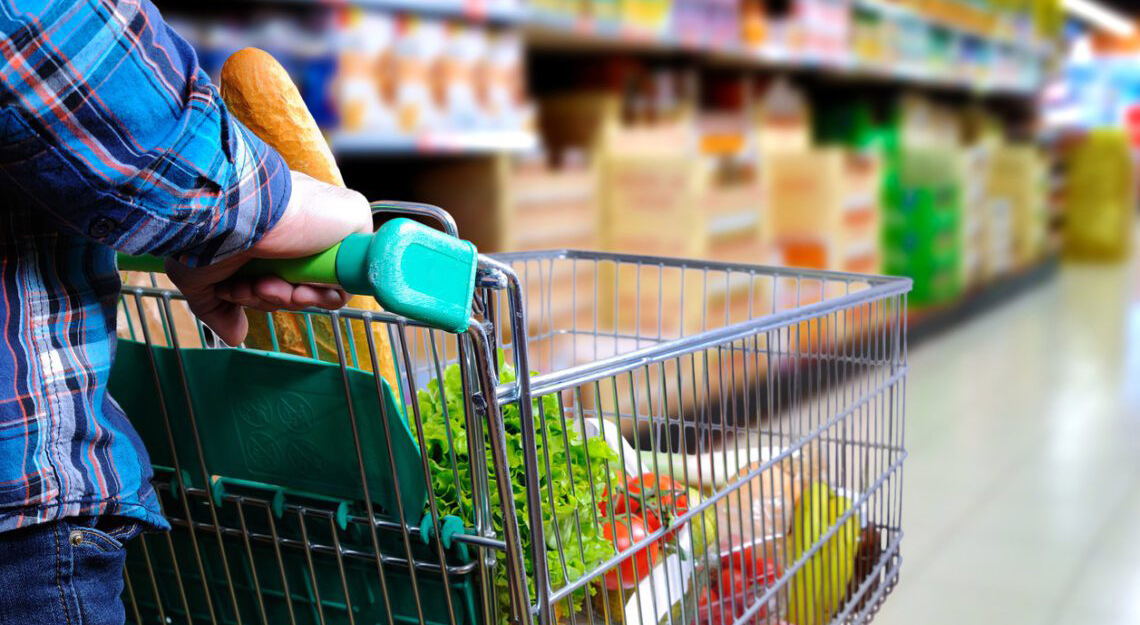
- Excessive spending: According to recent research, Brazilians spend about 20% more on their purchases than necessary.
- Lack of organization: It’s common for people to forget an item on the shopping list or buy unnecessary items. This can lead to a waste of time and money.
- Expired products: According to a survey, about 30% of food purchased in Brazil is wasted due to expired products.
Market Analysis
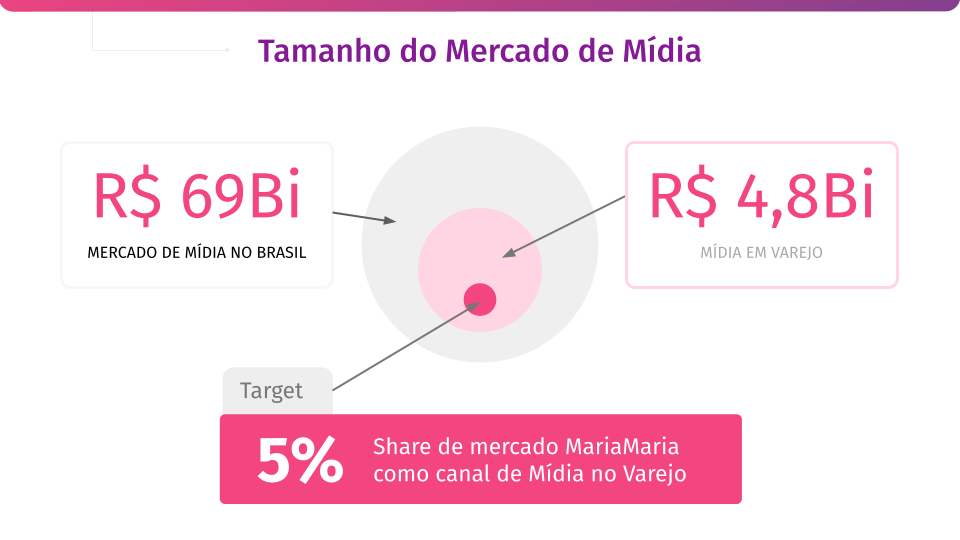
Considering the size of the retail media market and the available market share for MariaMaria, it’s possible to estimate a potential revenue of about R$ 240 million, which represents a great opportunity for the platform to grow and establish itself in the market.
Certainties, Solutions and Doubts
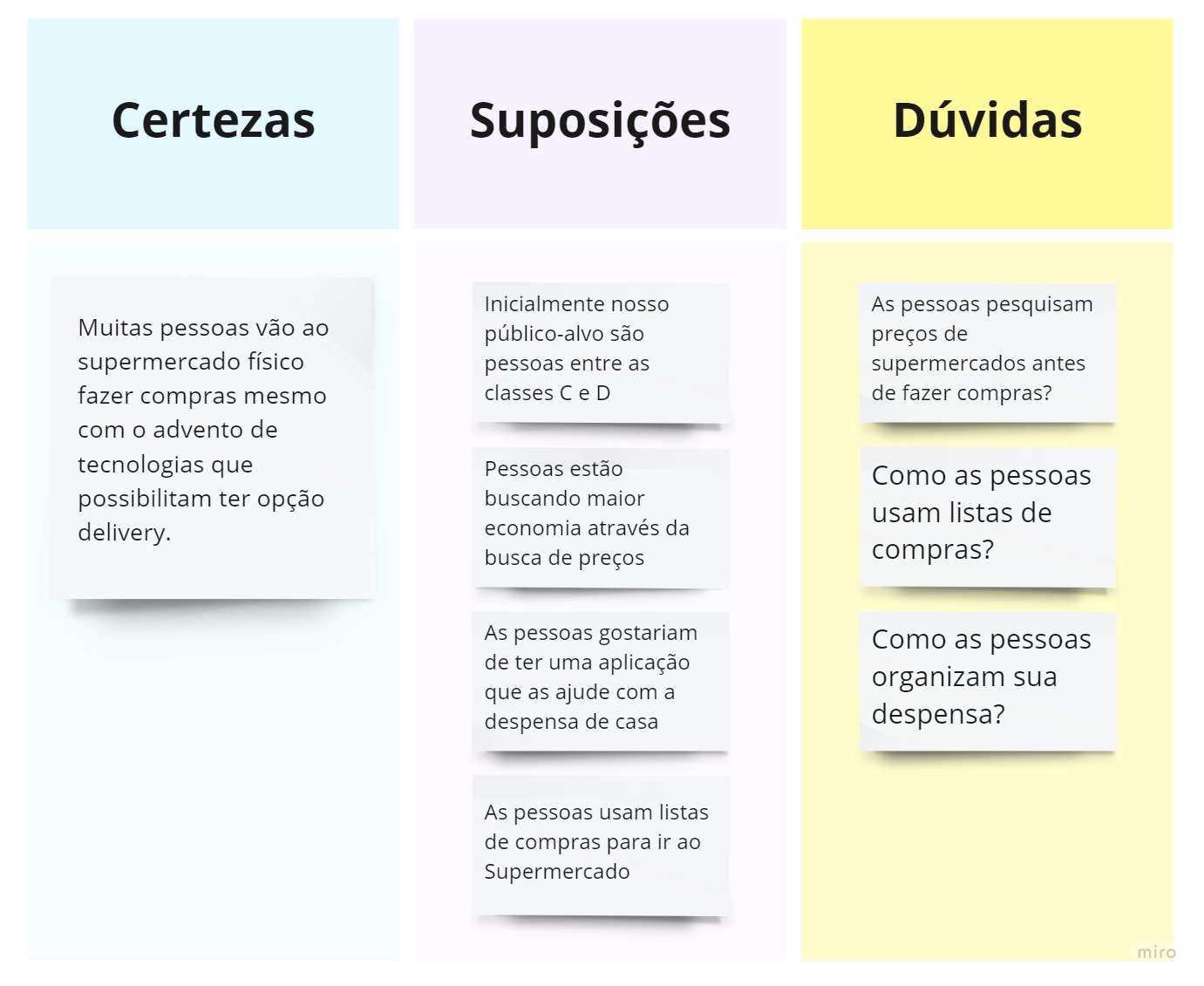
The certainties point to the fact that many people still prefer to go to physical supermarkets, while the assumptions indicate that the company’s initial target audience is people from the C and D classes, who seek savings and want to have an application to help them organize their pantry. Finally, the doubts refer to how people use shopping lists, research supermarket prices, and organize their pantries.
Research with the audience
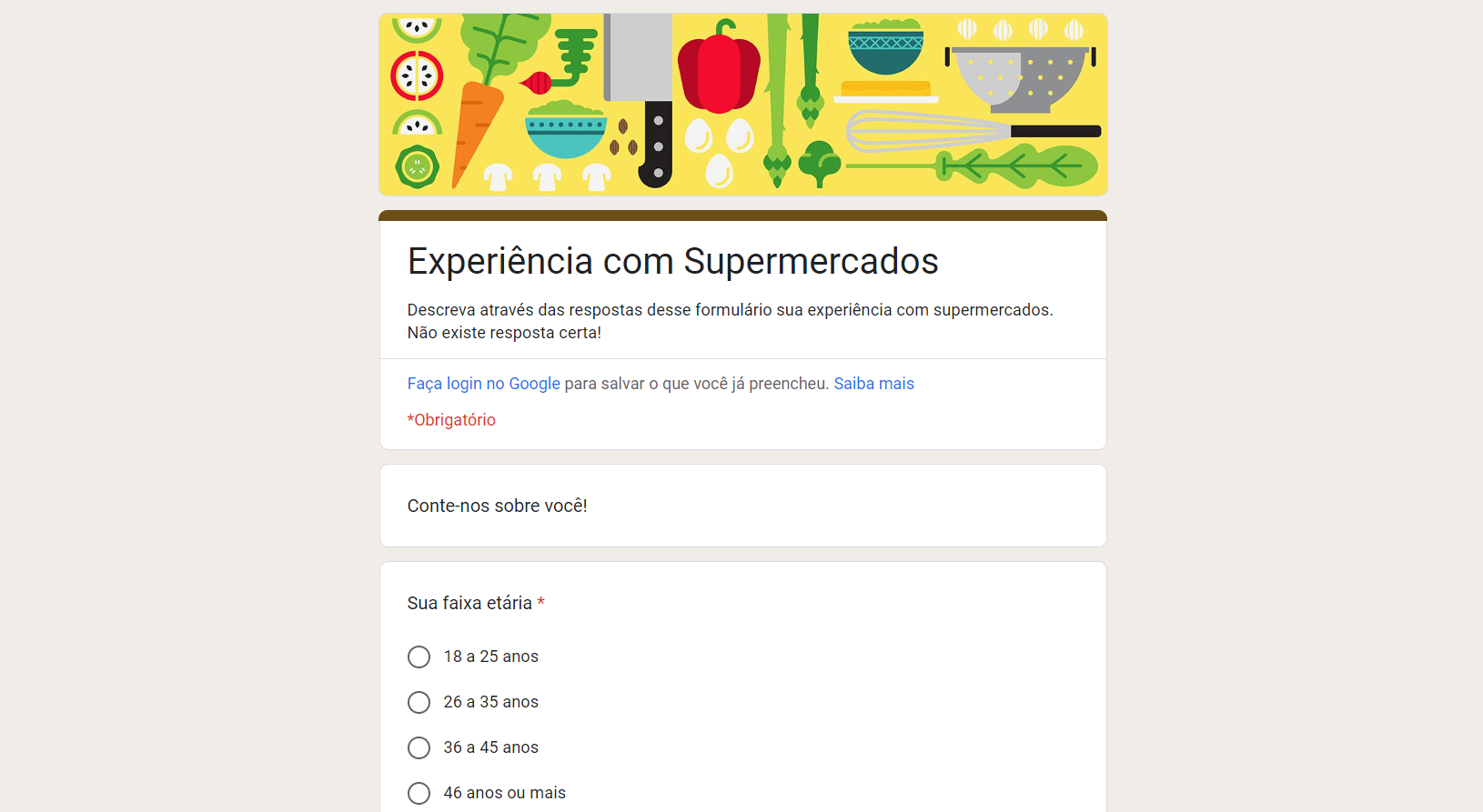
Results
Based on the surveys conducted with the public, we were able to obtain valuable insights into consumer behavior regarding shopping in supermarkets. Below are some of the data:
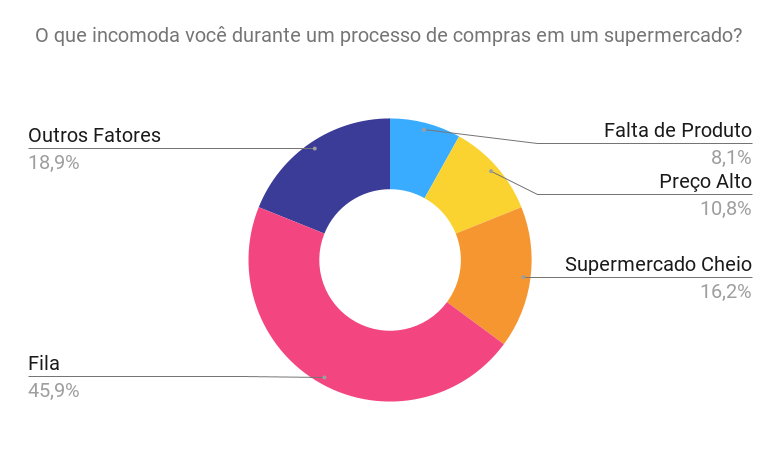
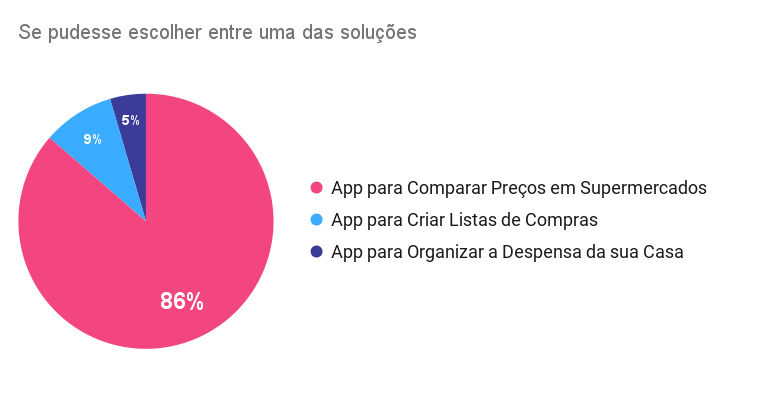
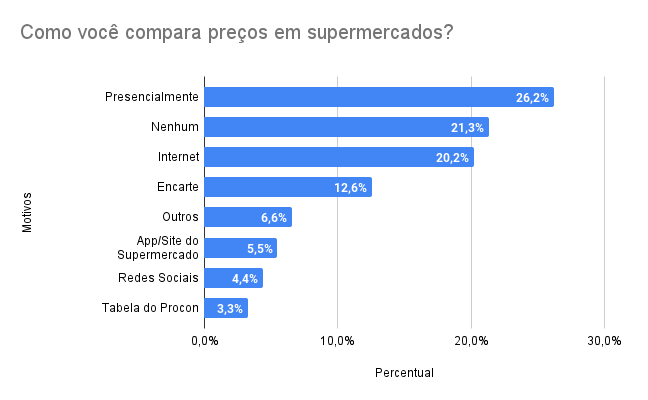
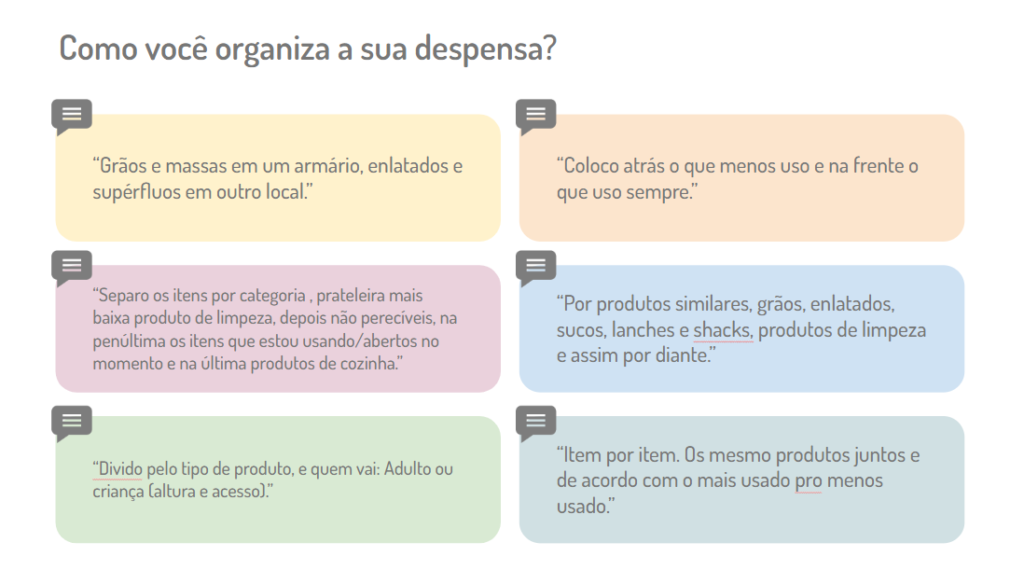
Persona
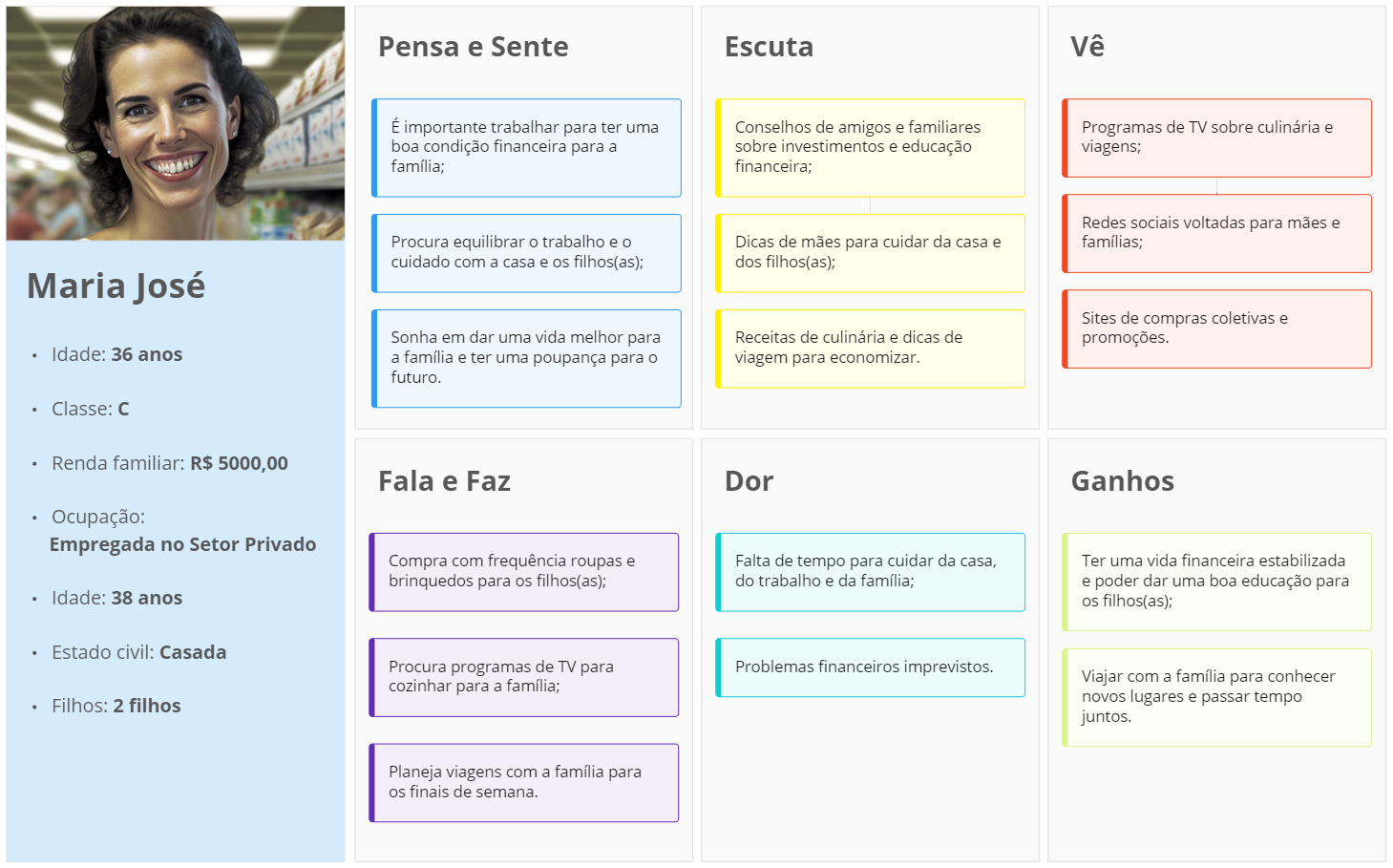
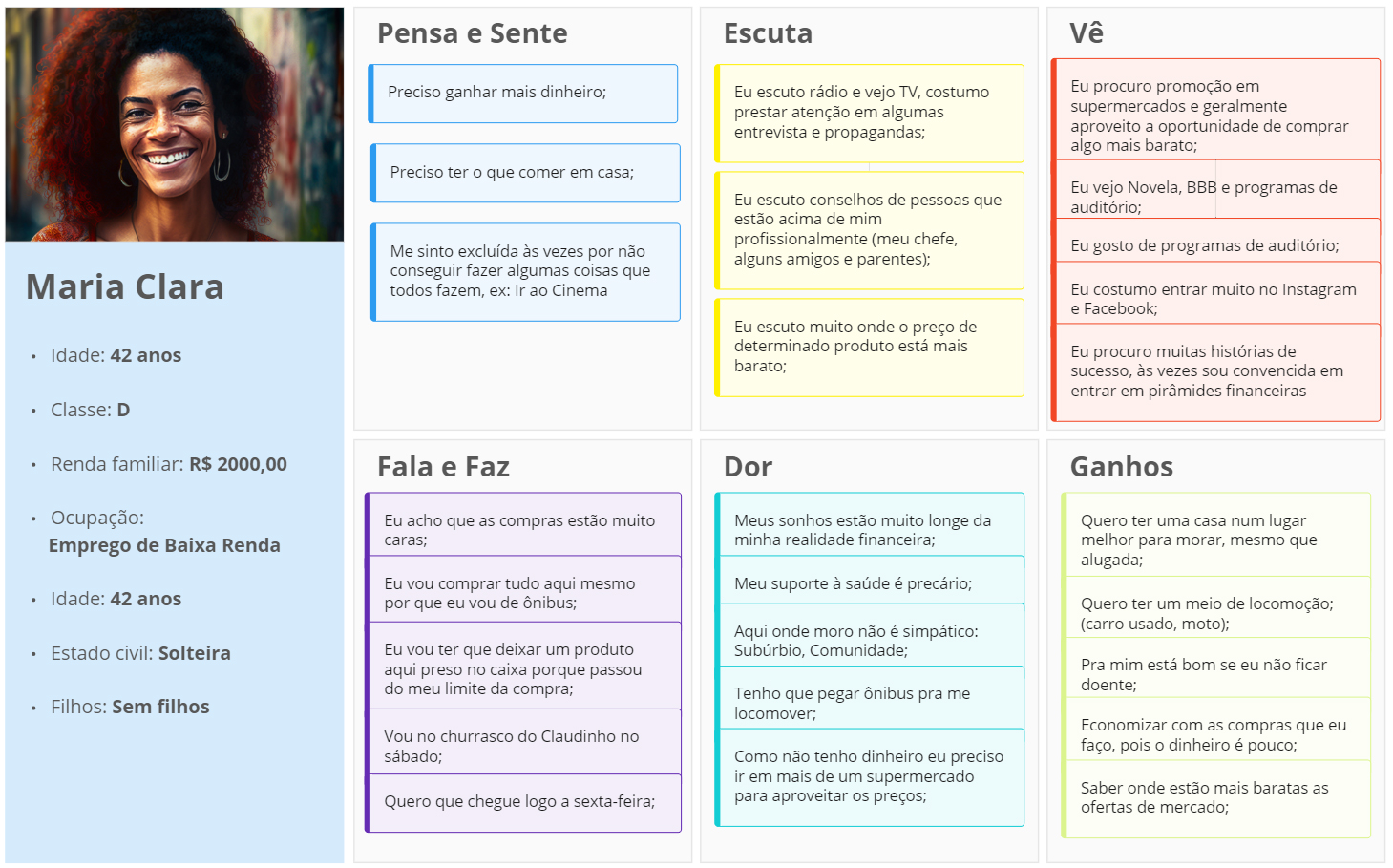
User Journey
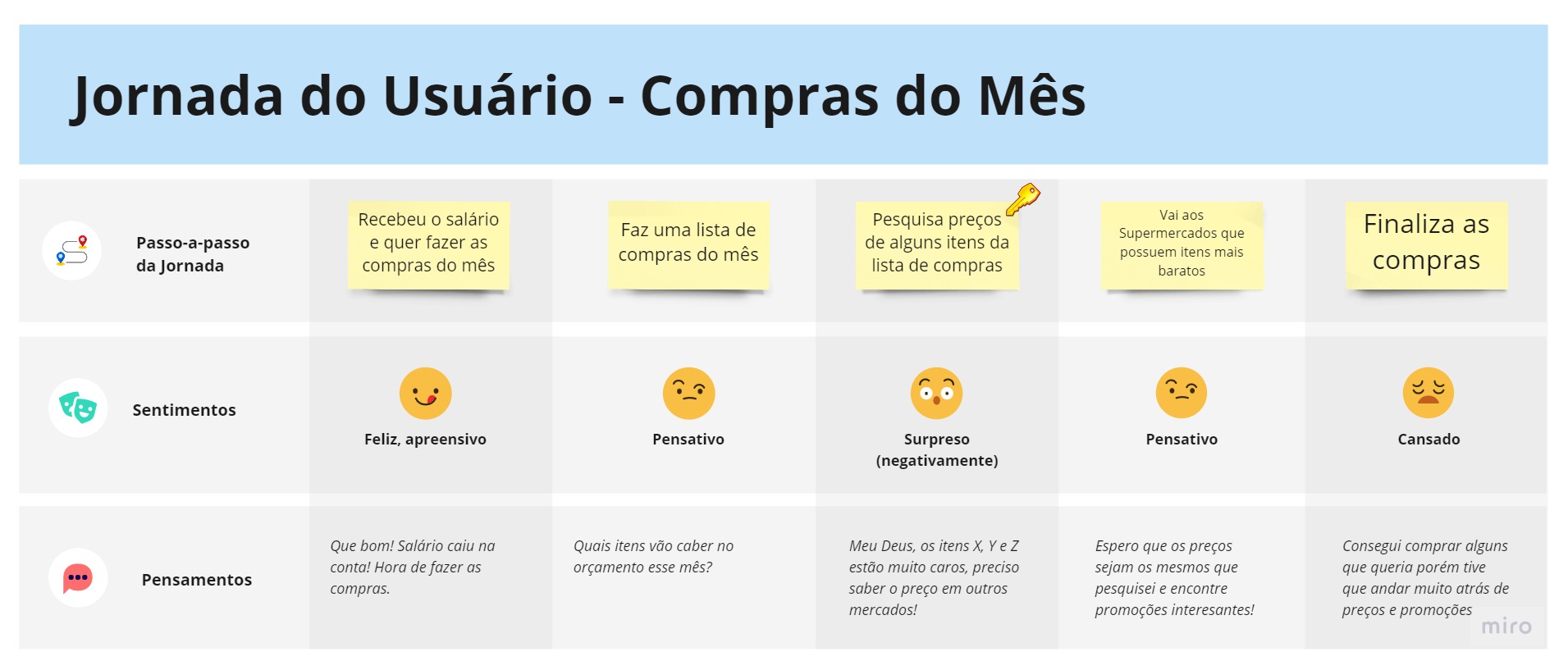
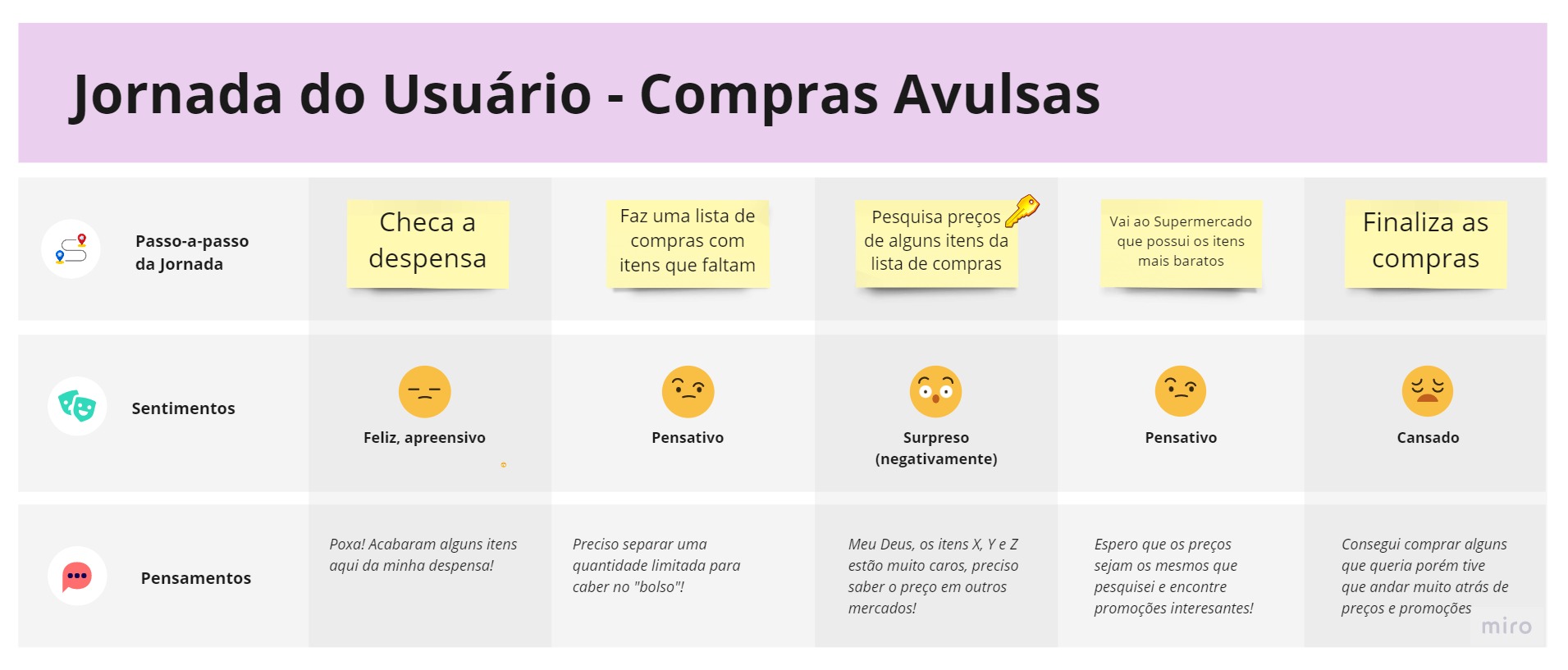
Workflow Process
After the product discovery process, we established the flow of price data acquisition, which is our value proposition for the end user.

Prototyping
After the product discovery process, we established the flow of price data acquisition, which is our value proposition to the end-user.
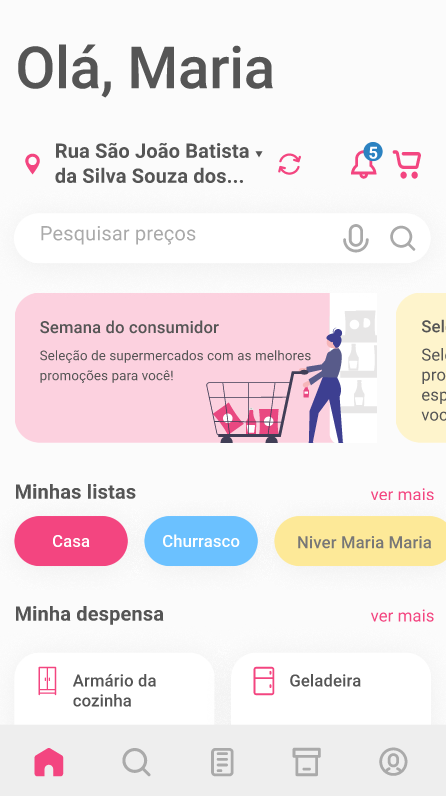
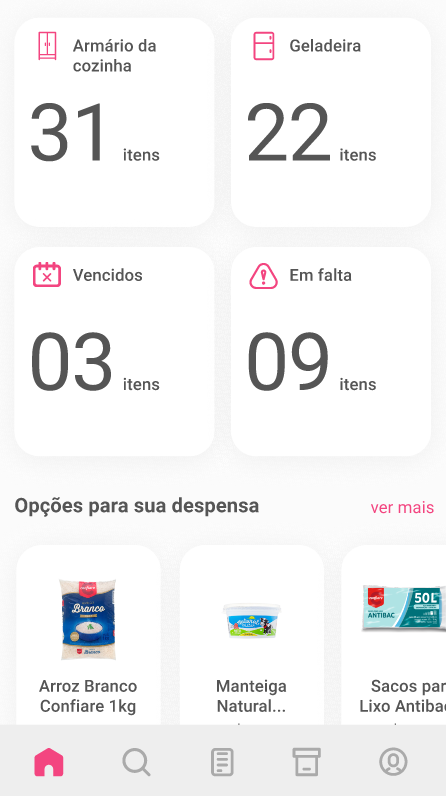
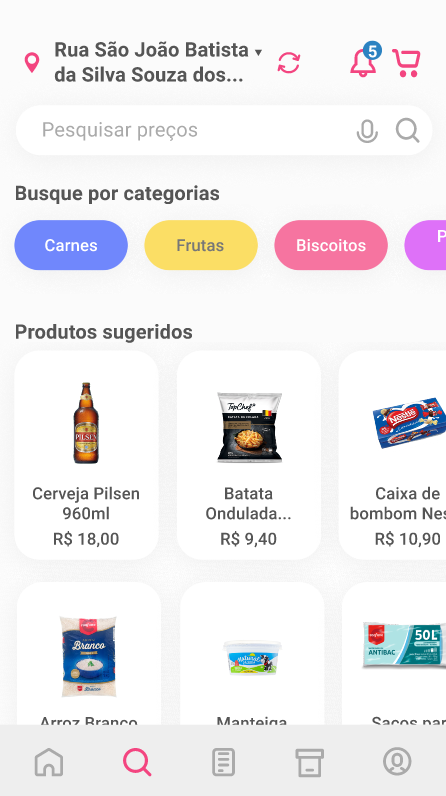
The Home module is the main screen of the application, which presents the most relevant information to the user, such as promotions of products in local supermarkets, their recently created shopping lists, and the quantity of items in their pantry.
The Price search module allows the user to search for product prices in different supermarkets in the region, making it easier to choose the most economical option.

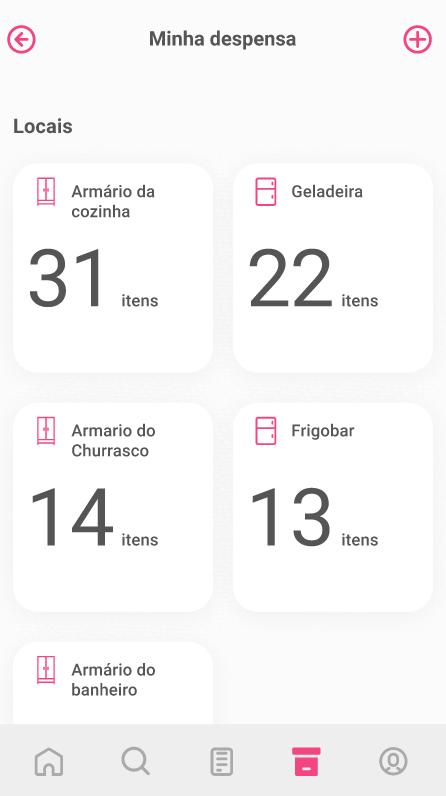

The Shopping List module allows the user to create a personalized shopping list by adding the items they need to buy at the supermarket. The user can also search an entire list at once and know the total value of their list.
The Pantry module allows the user to have more efficient control over the products they have in their pantry, including expiration dates. With this information, the user can avoid food waste and better plan their purchases.
The User Profile module is where the user can edit their personal information, such as name and address, as well as configure their notification preferences and choose the product categories they consume the most.
Try it out!
